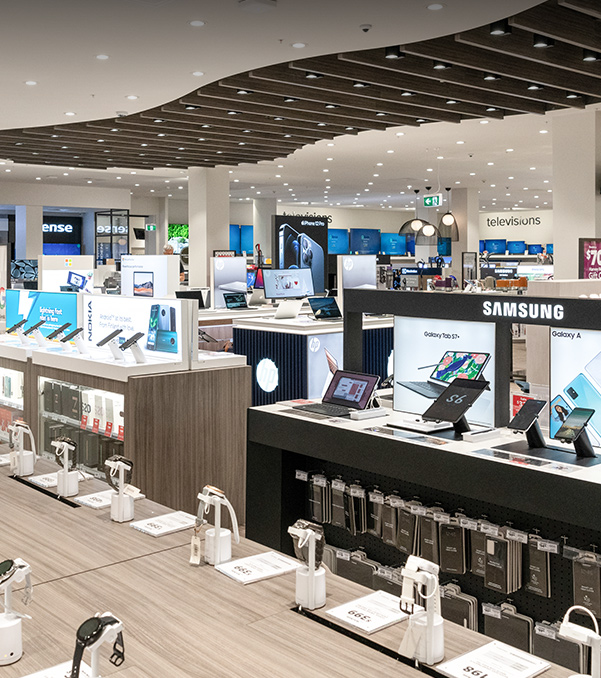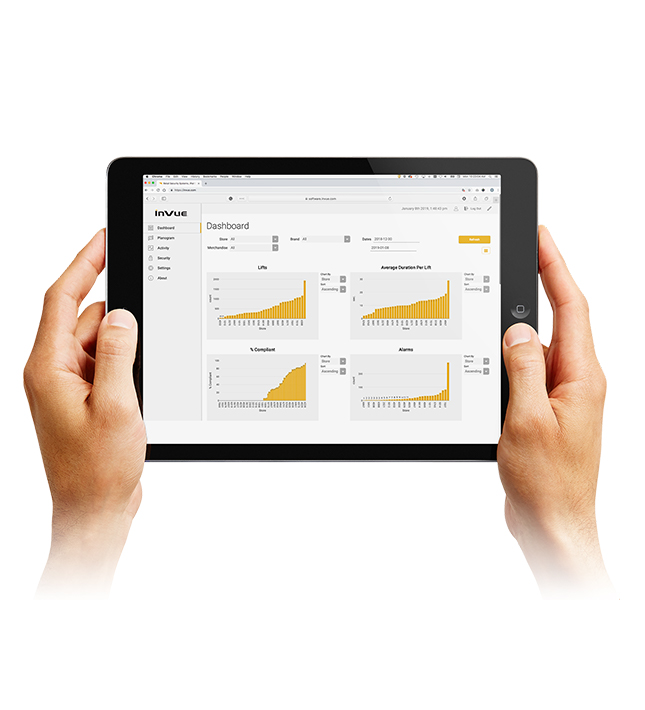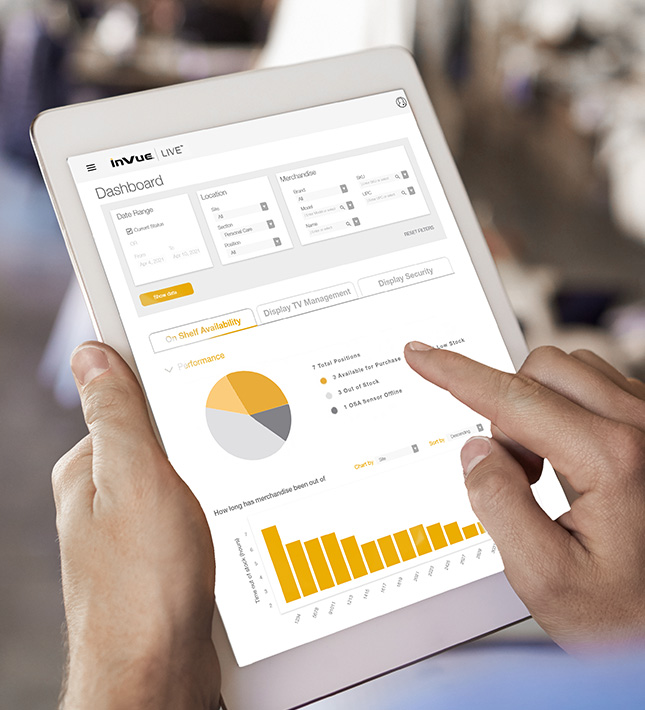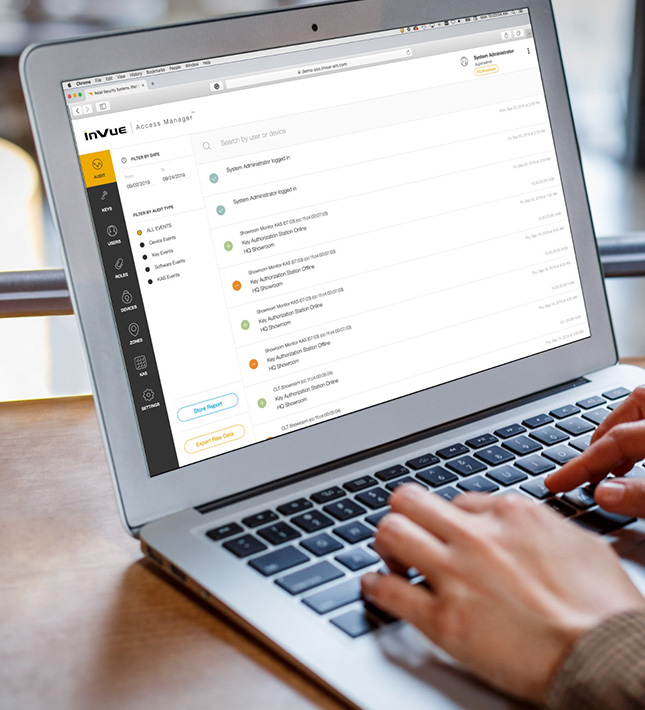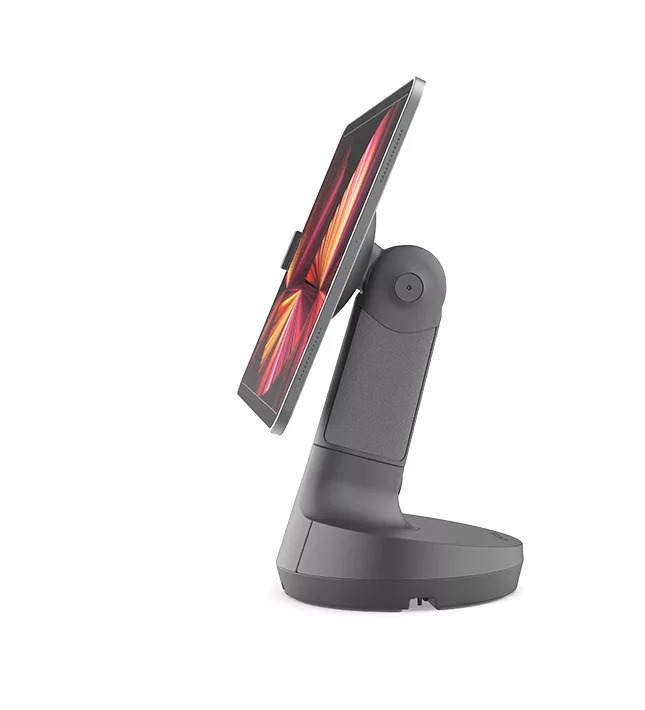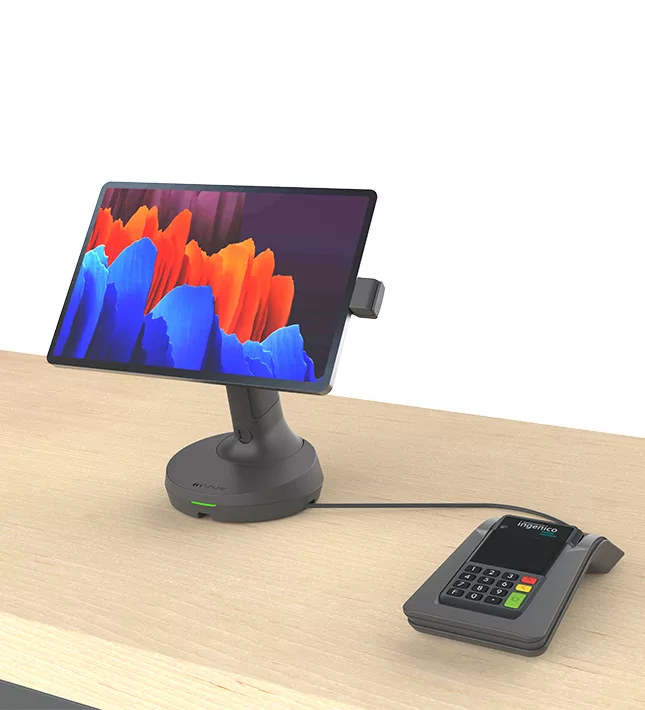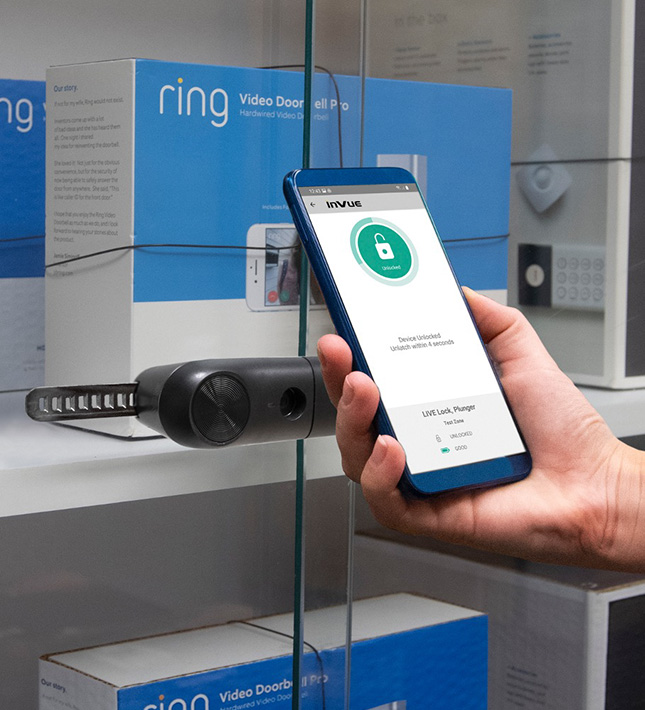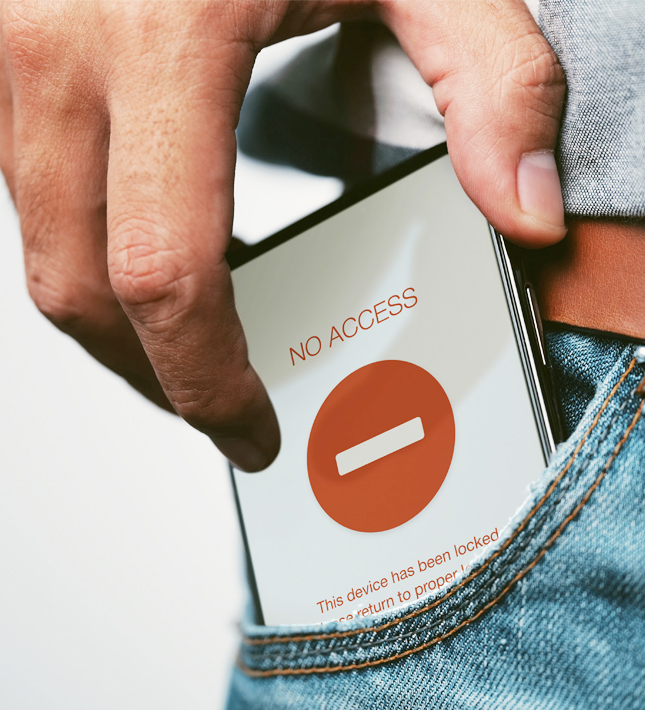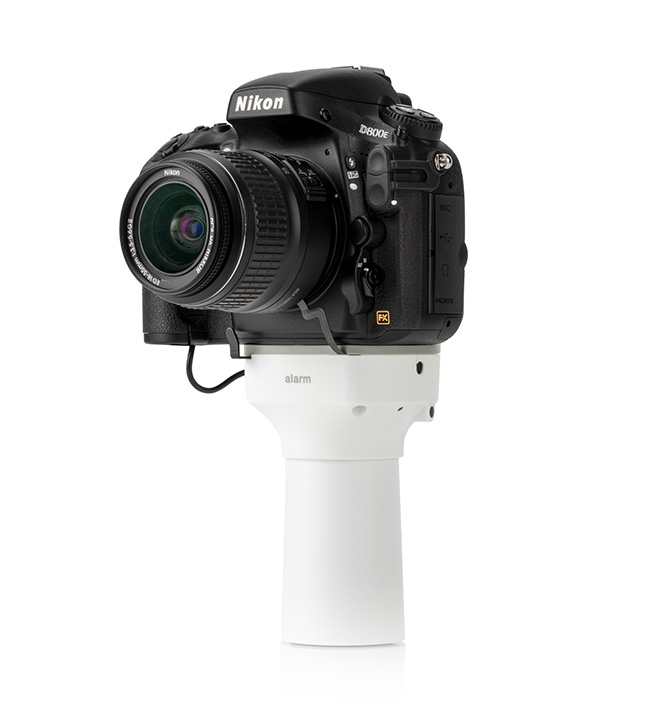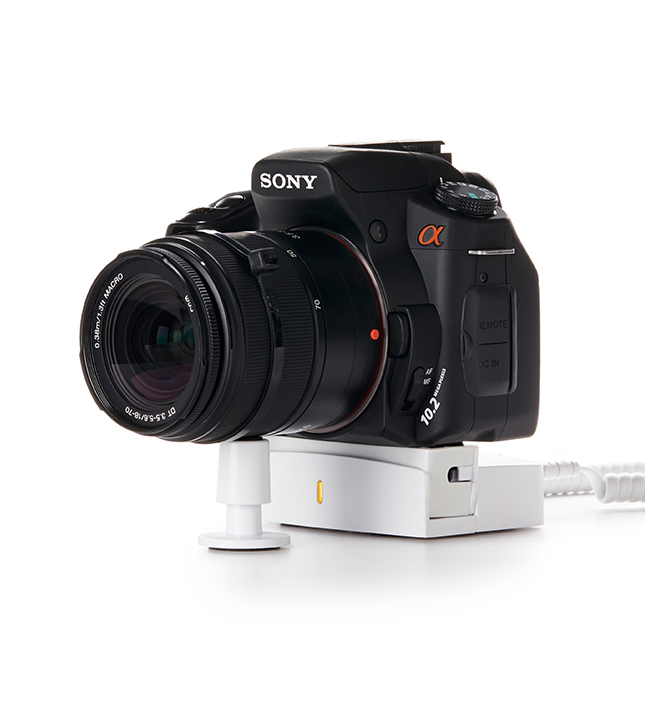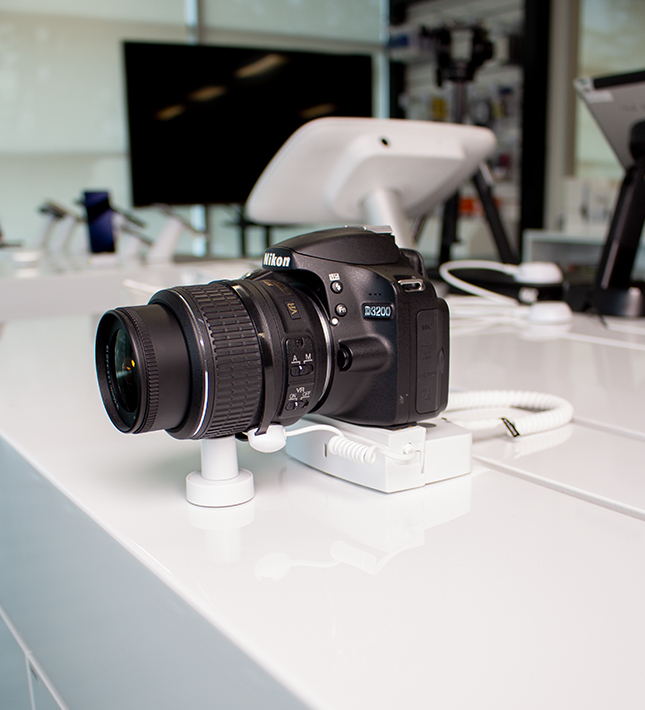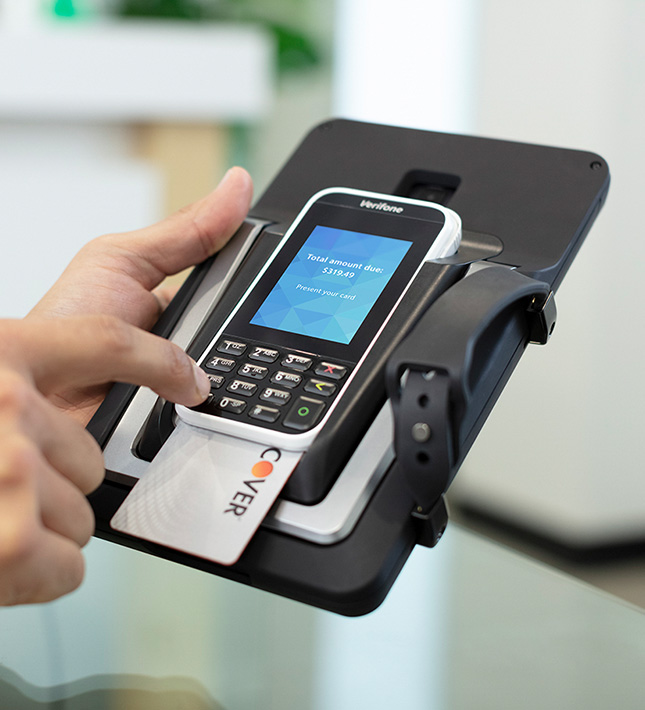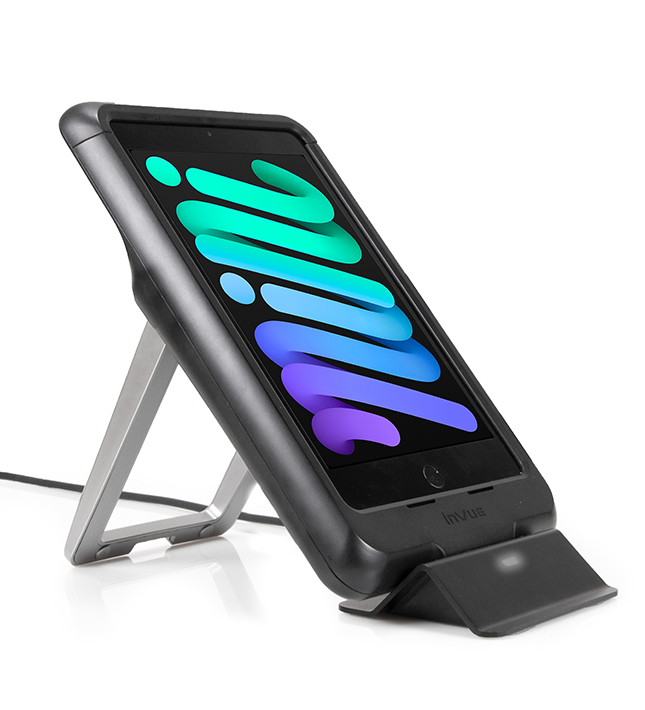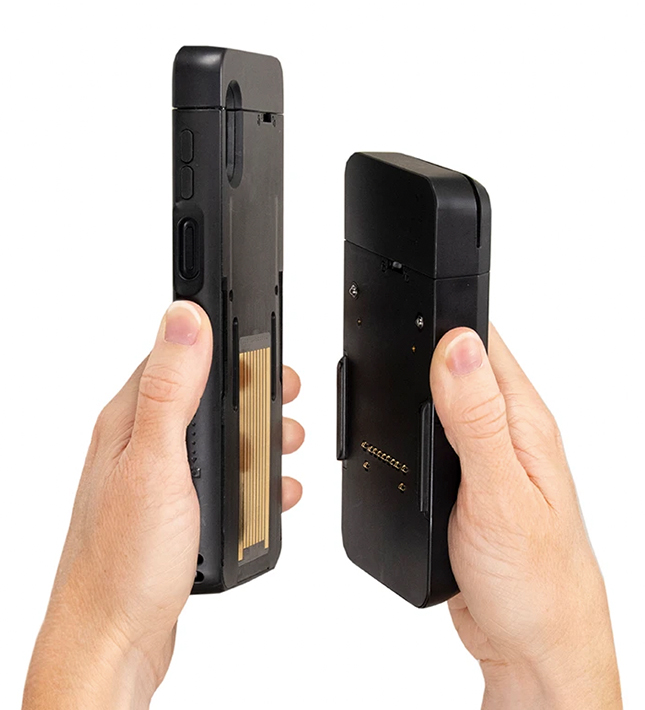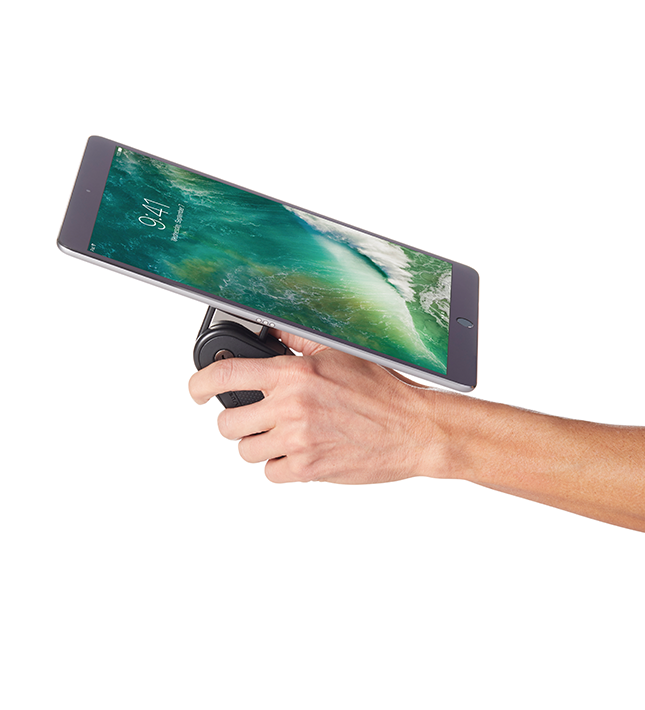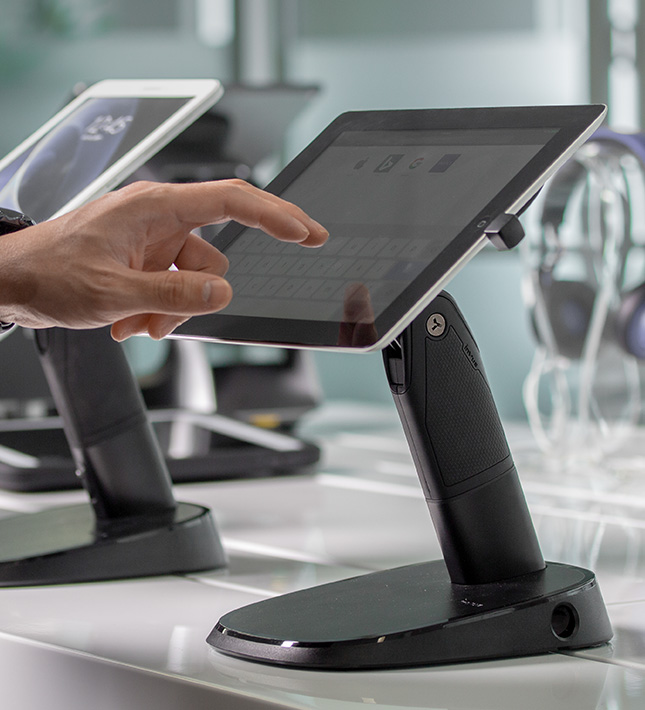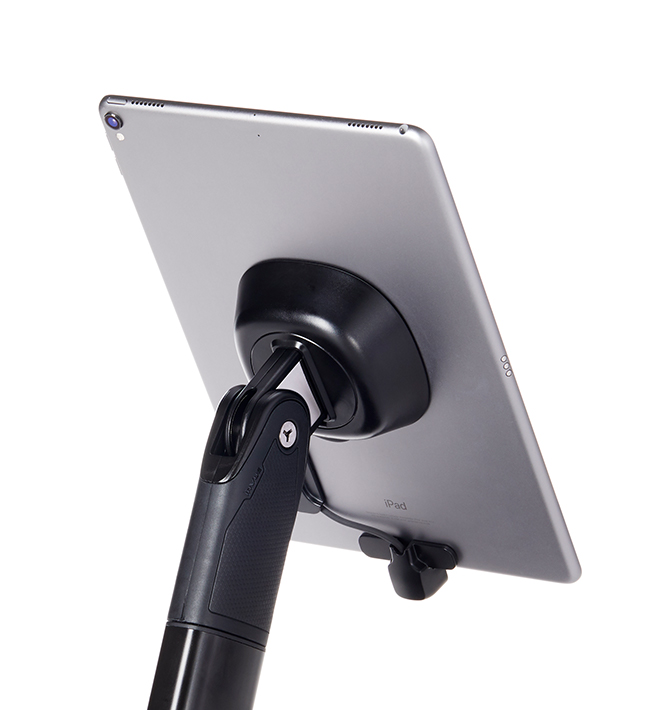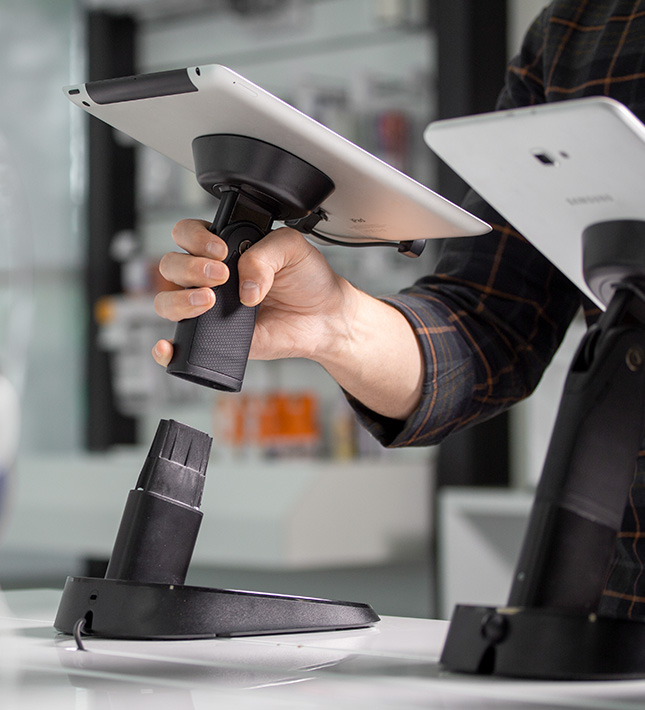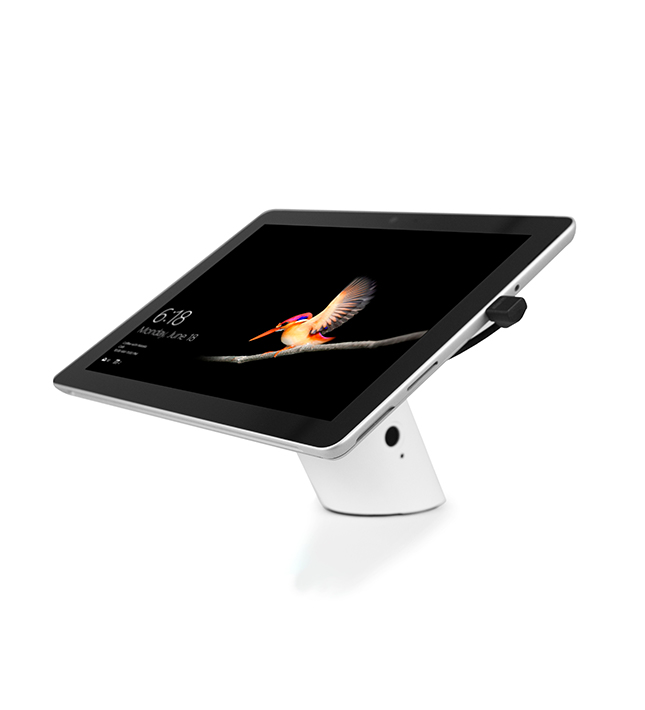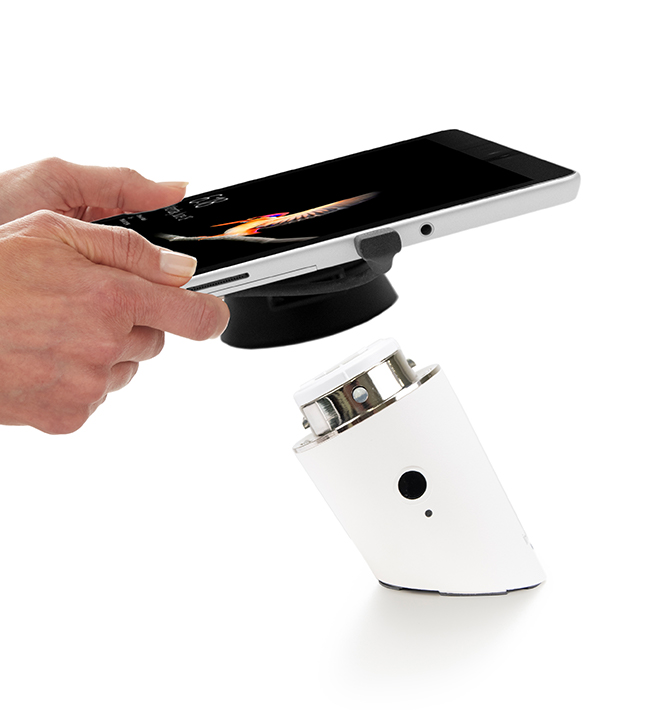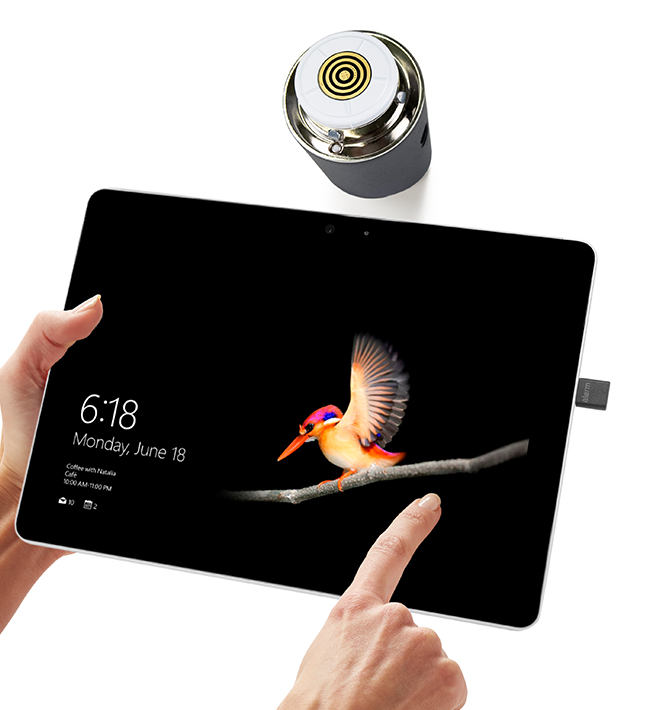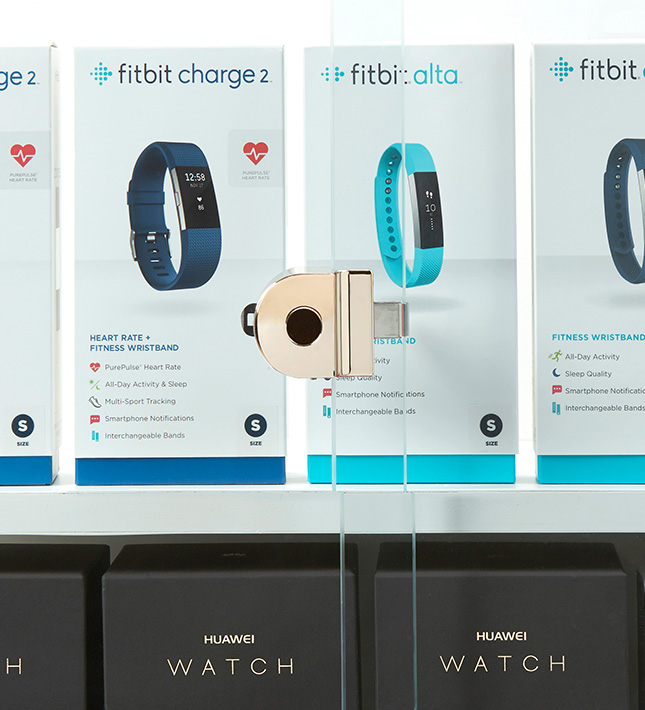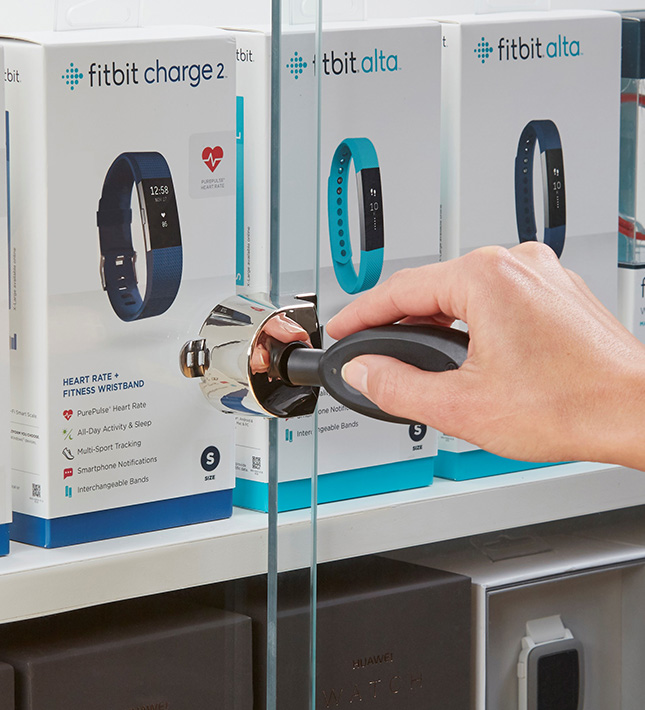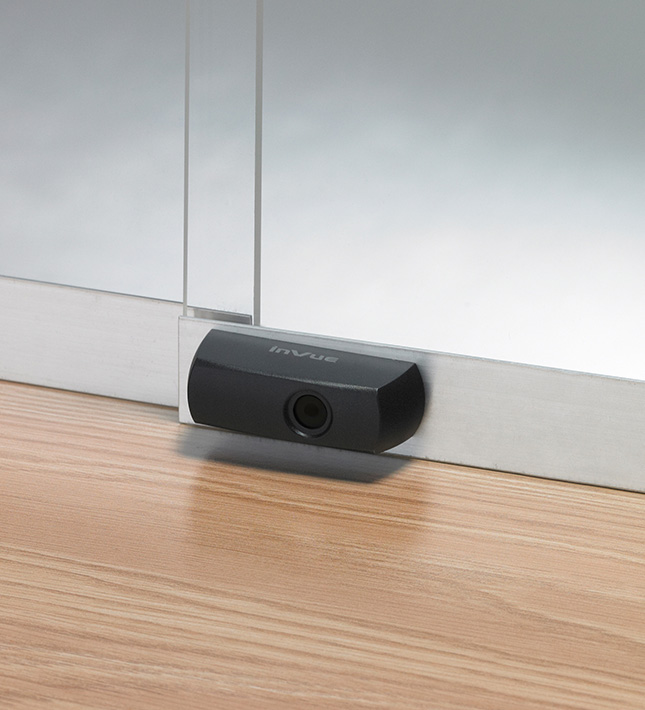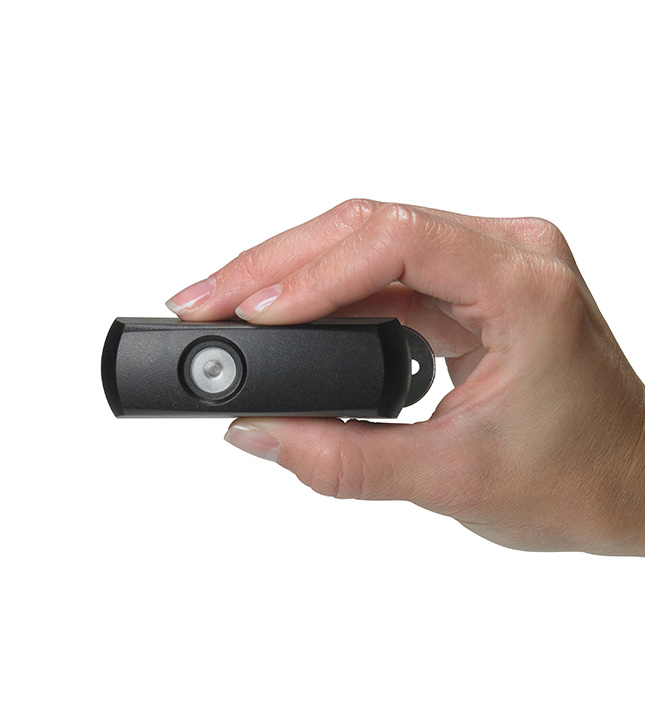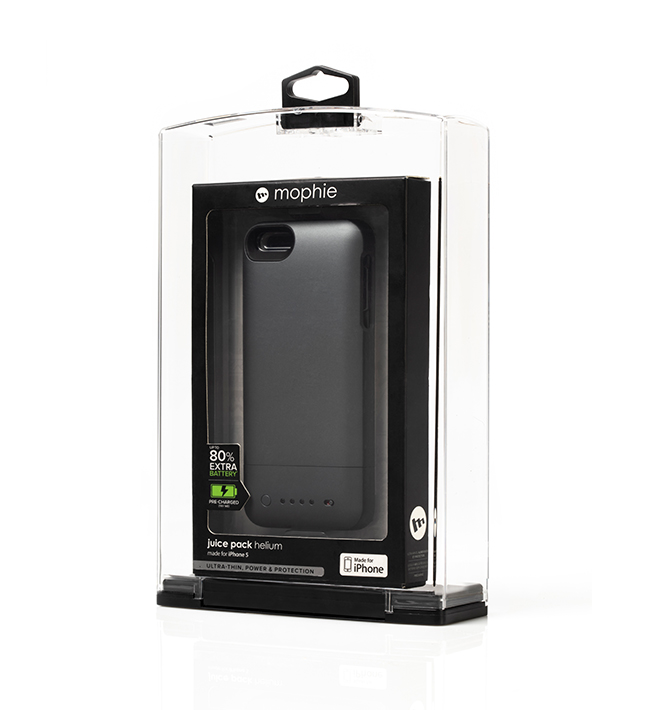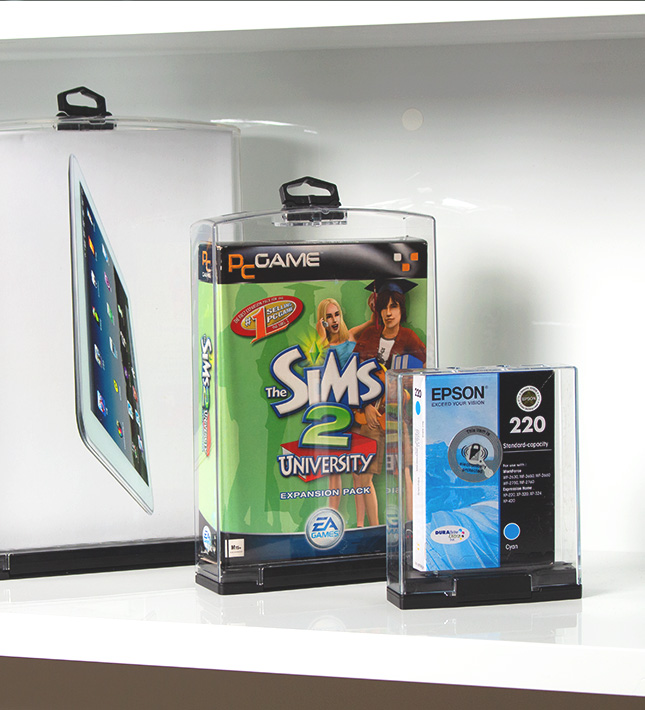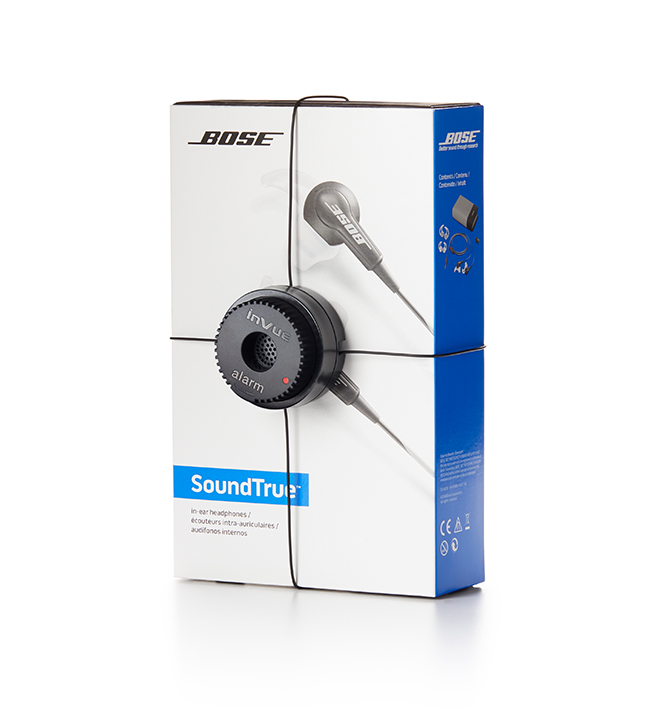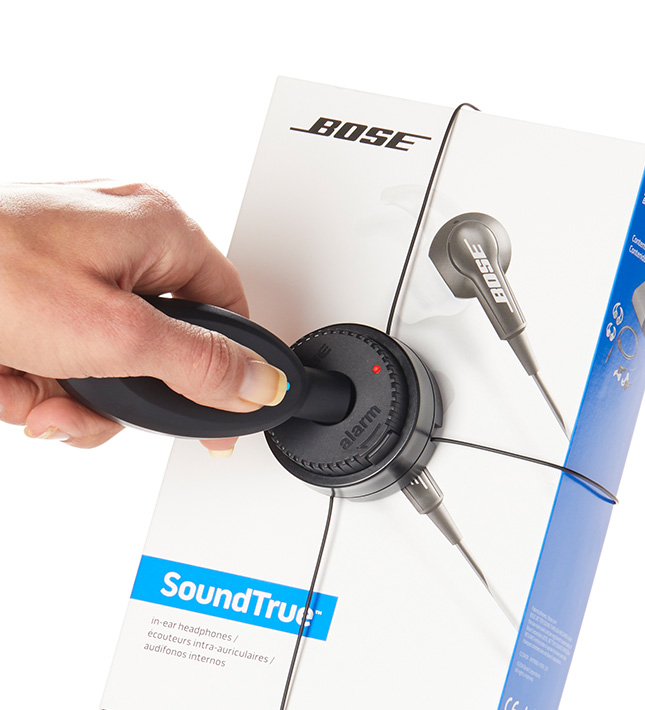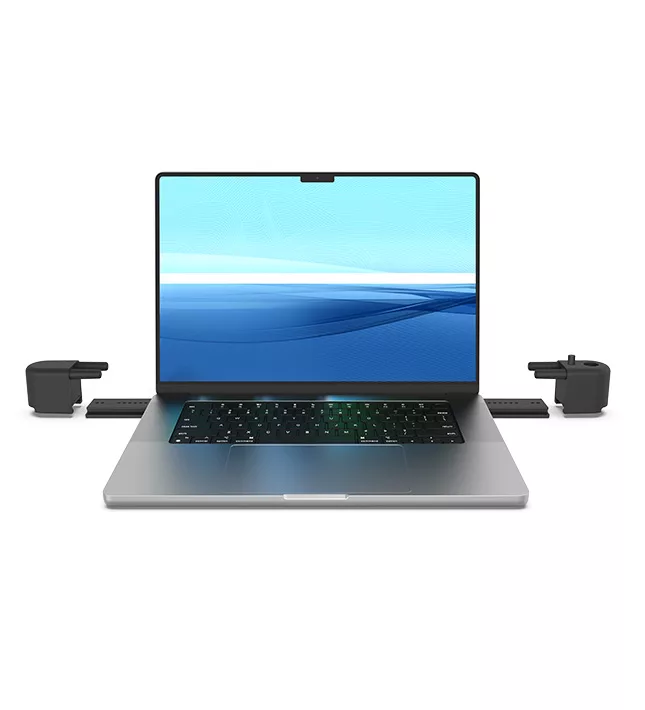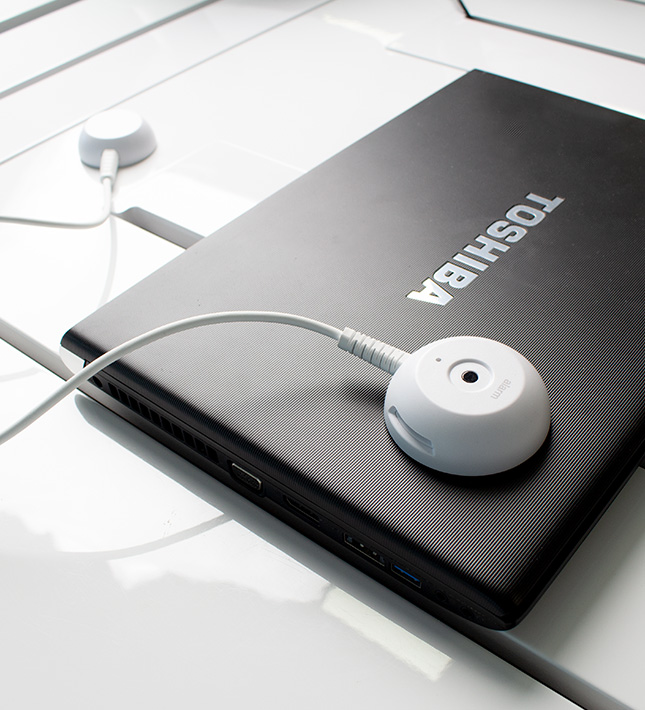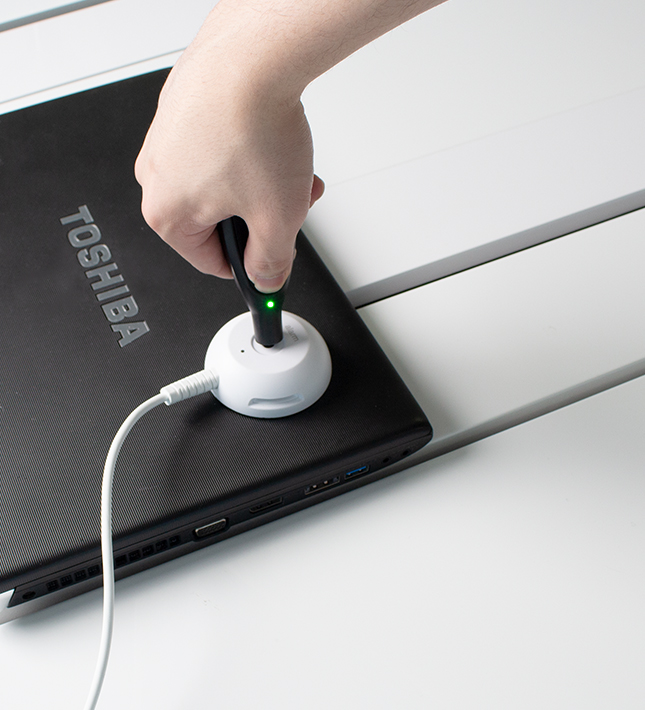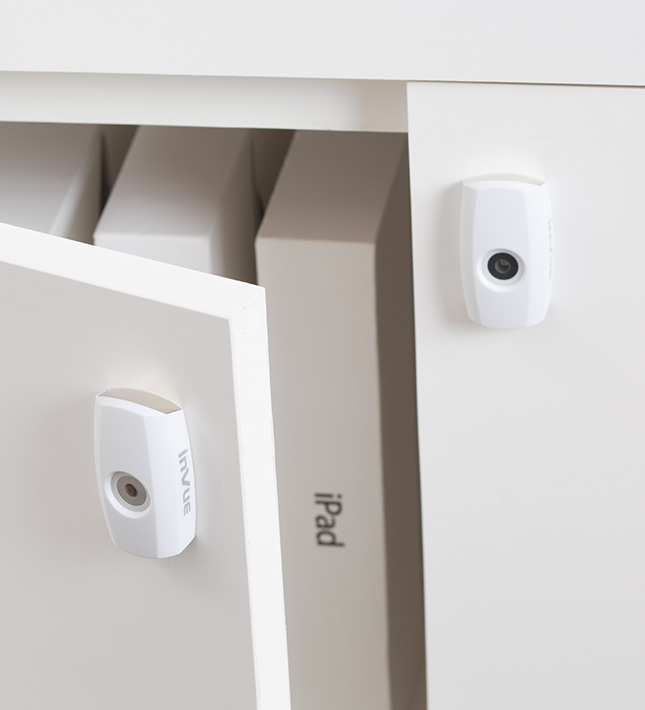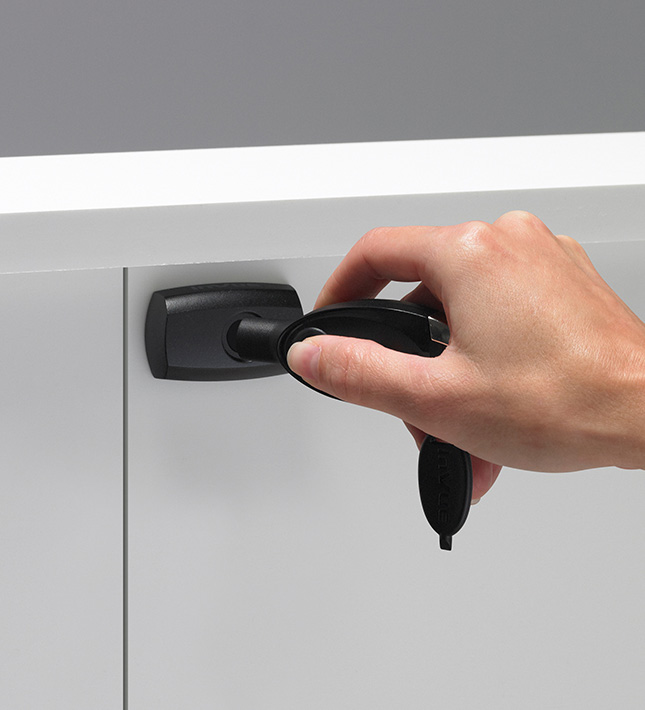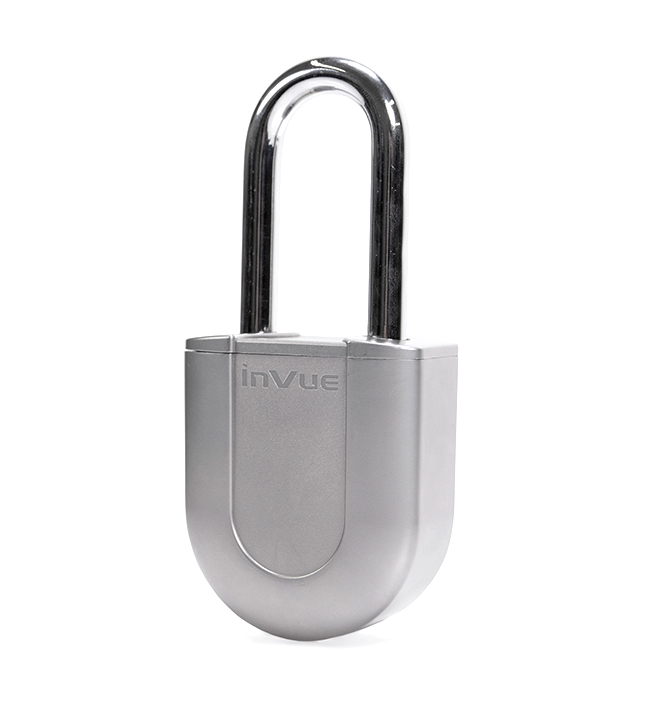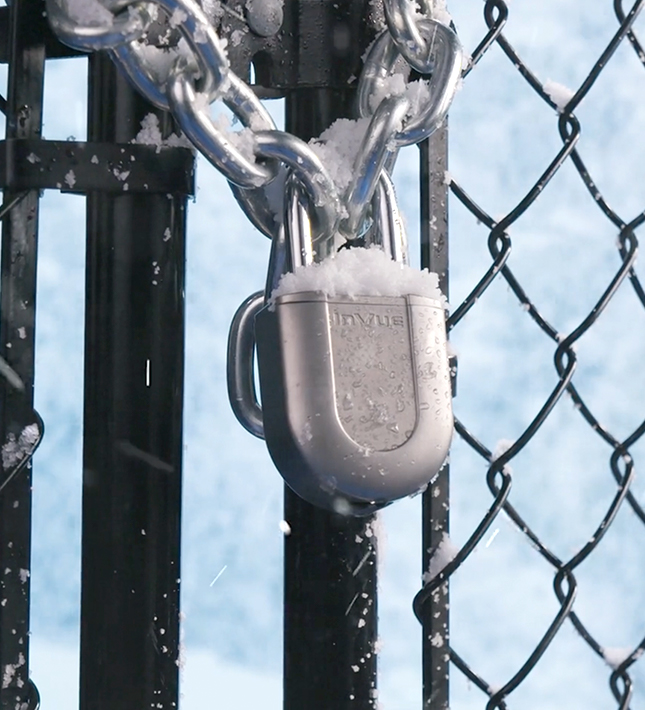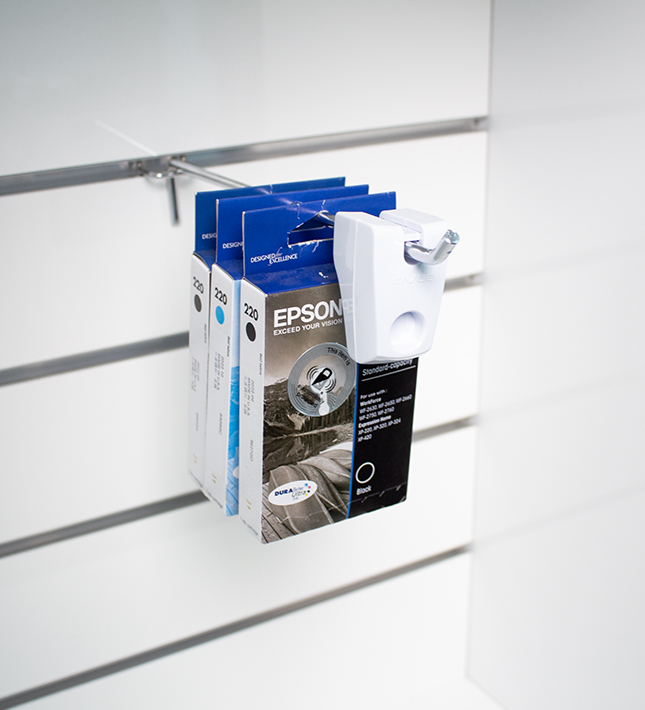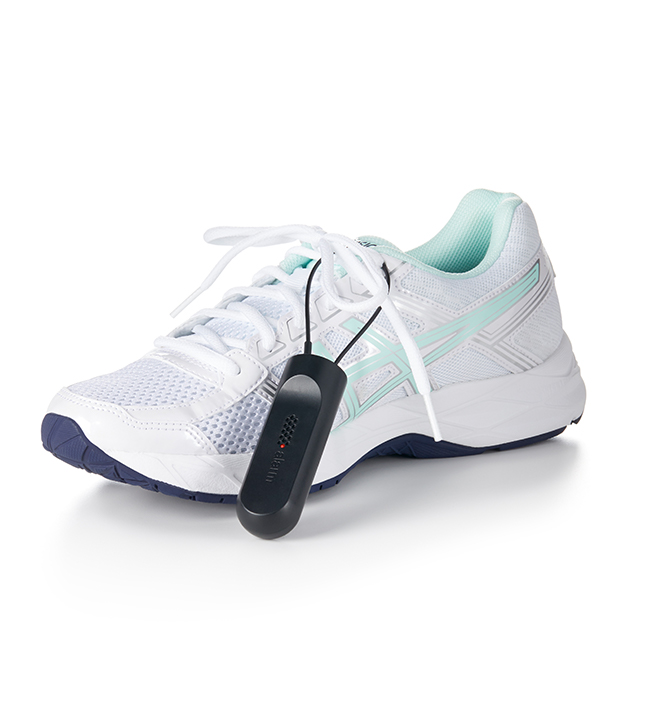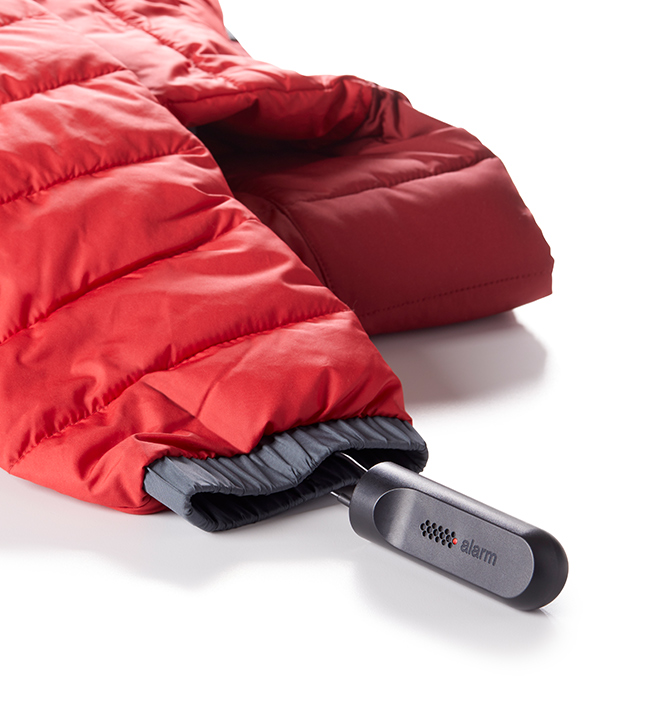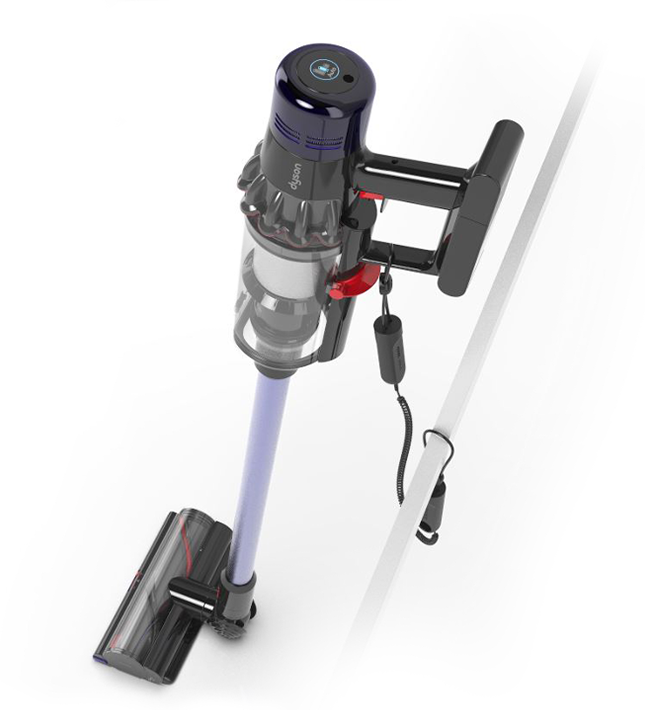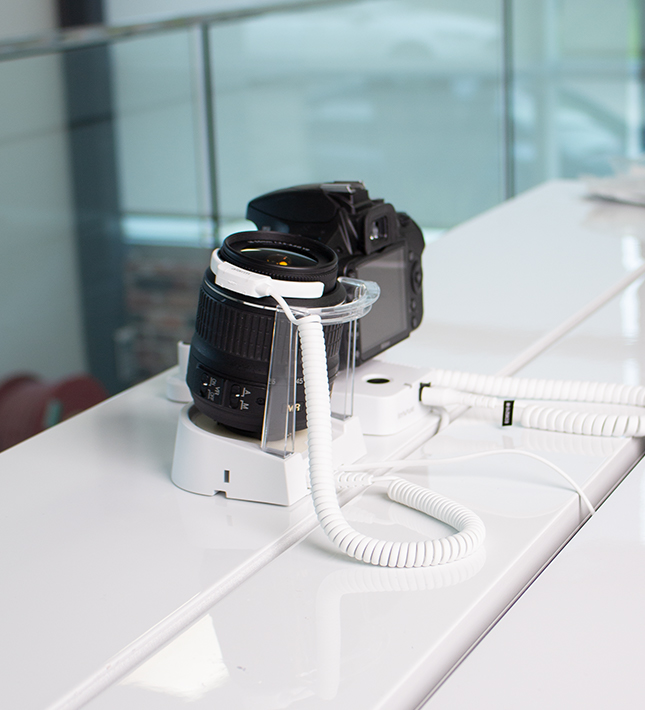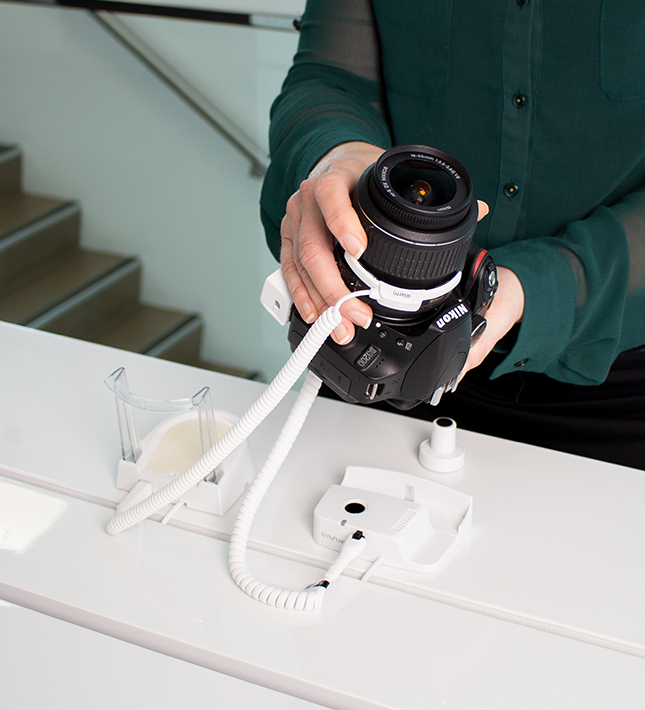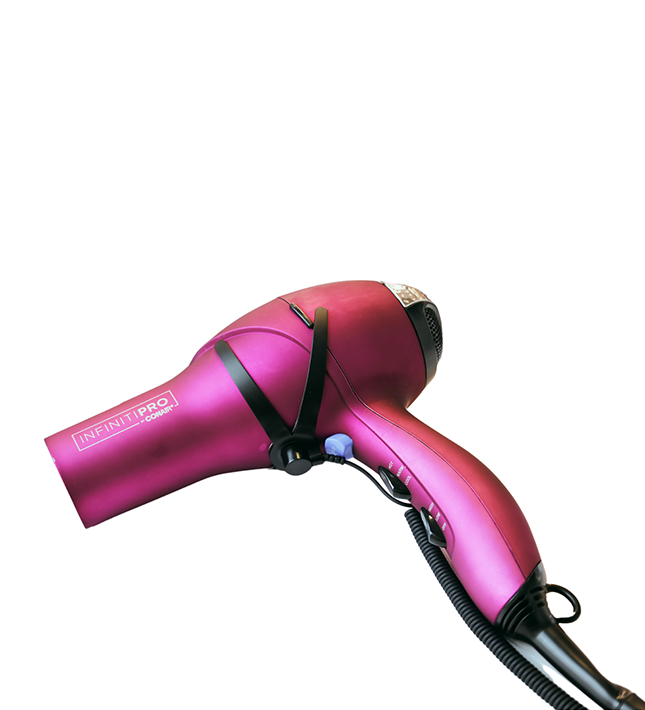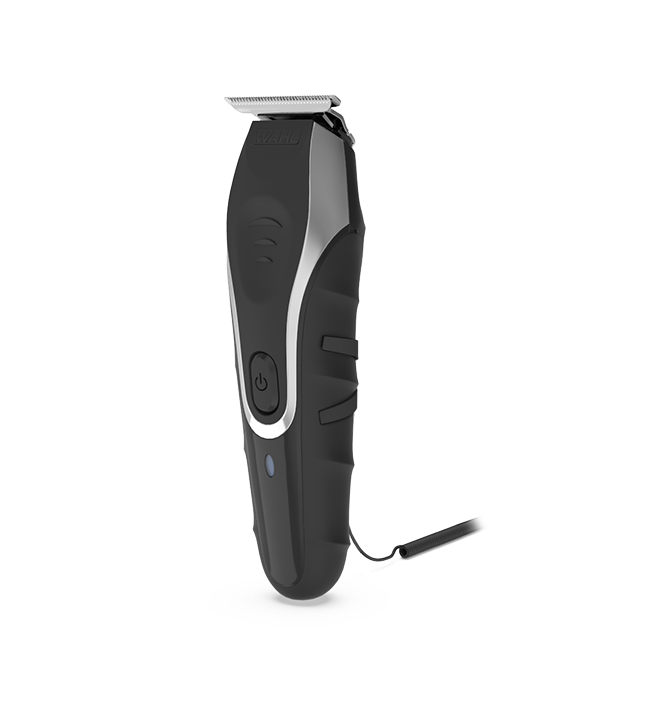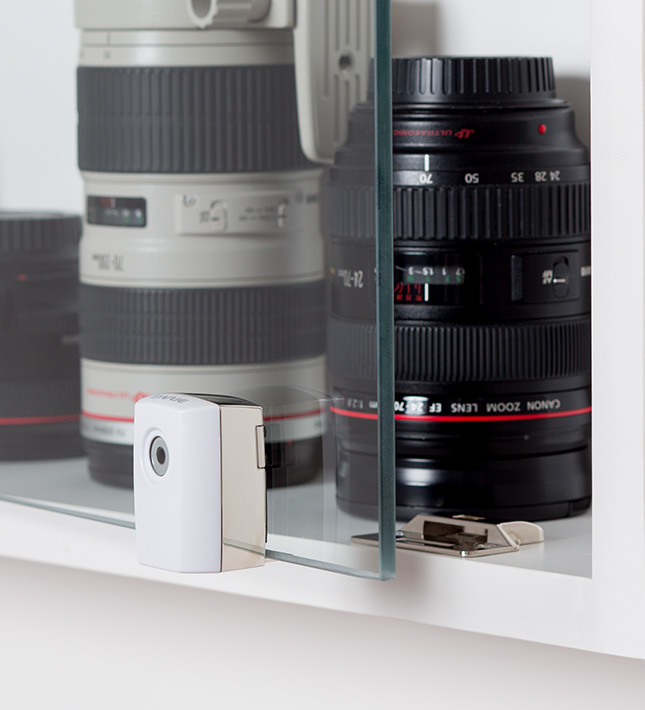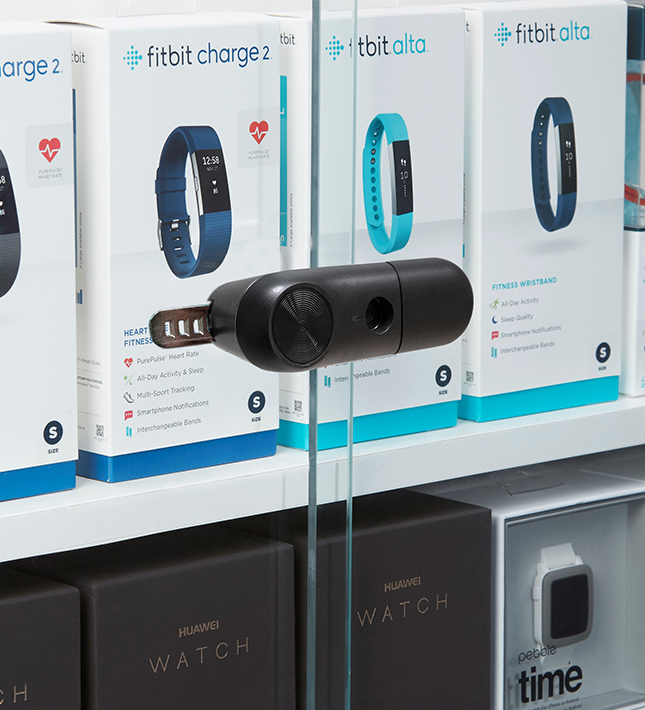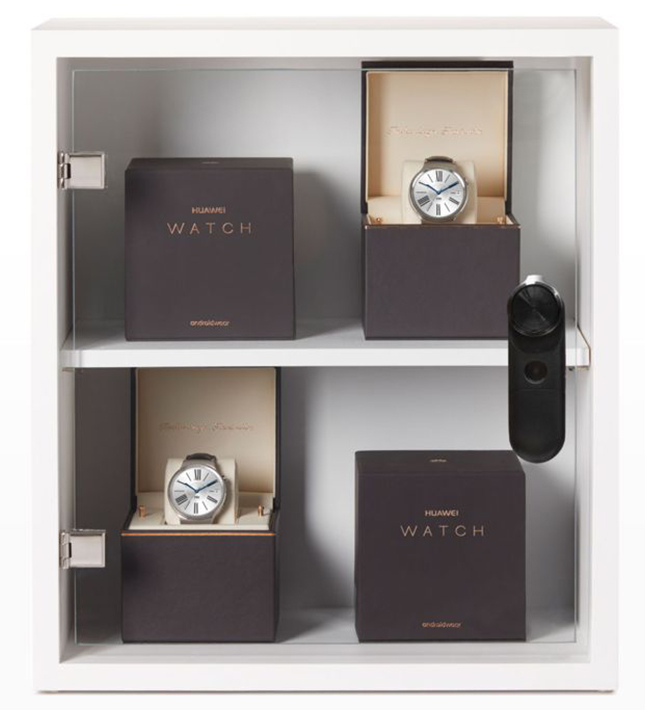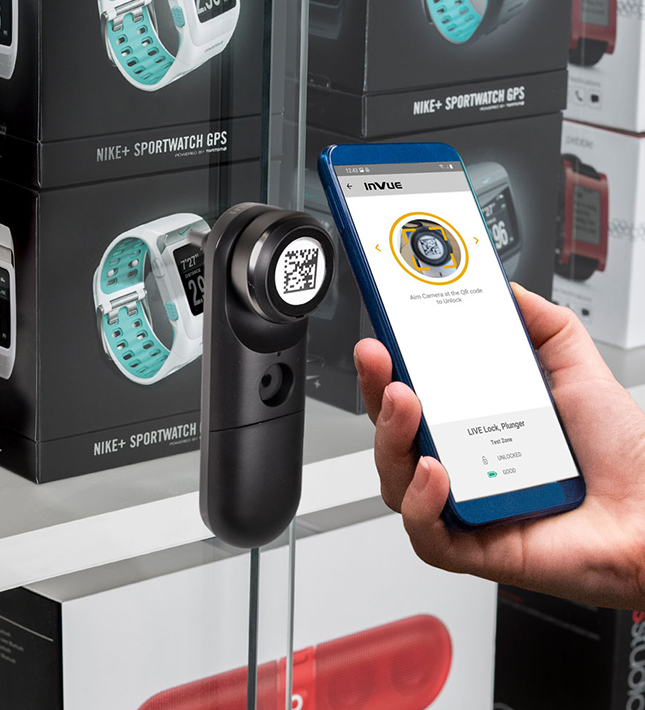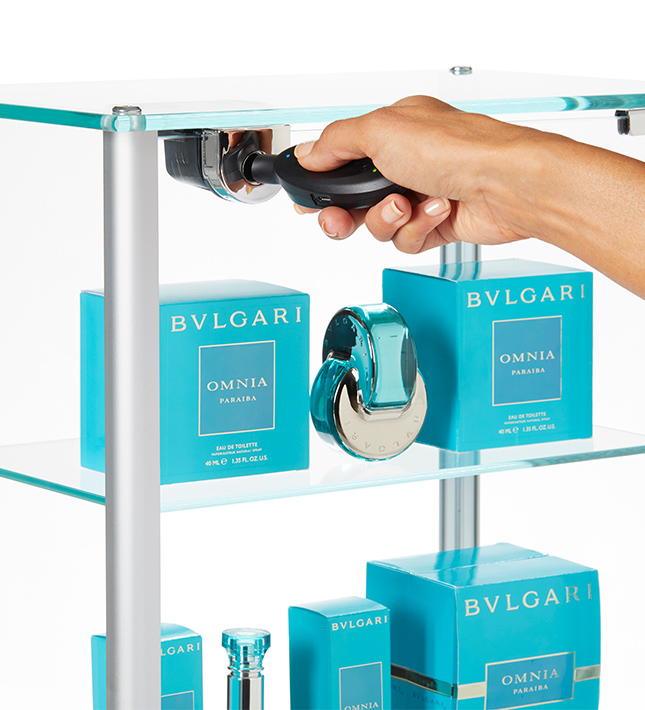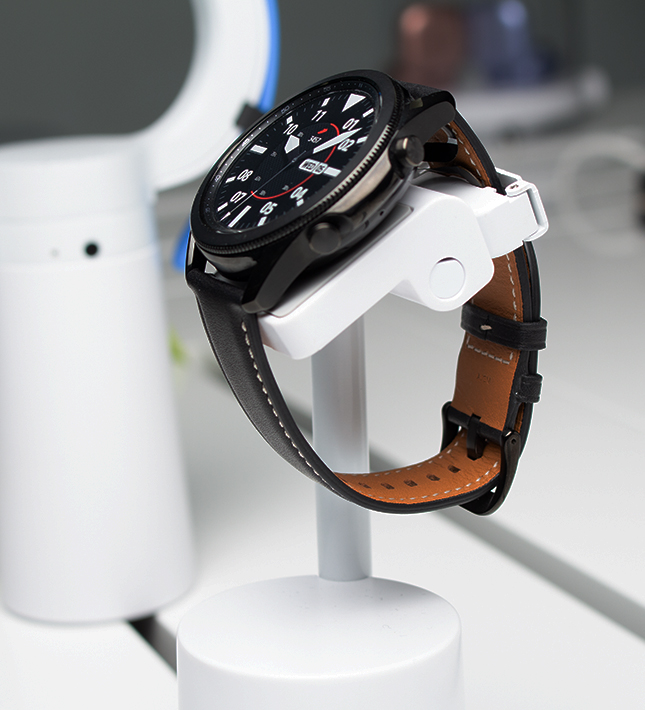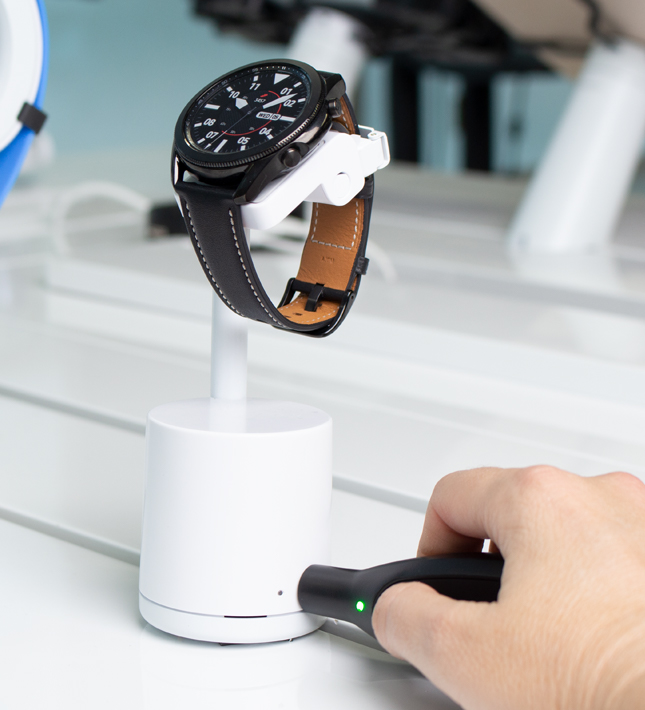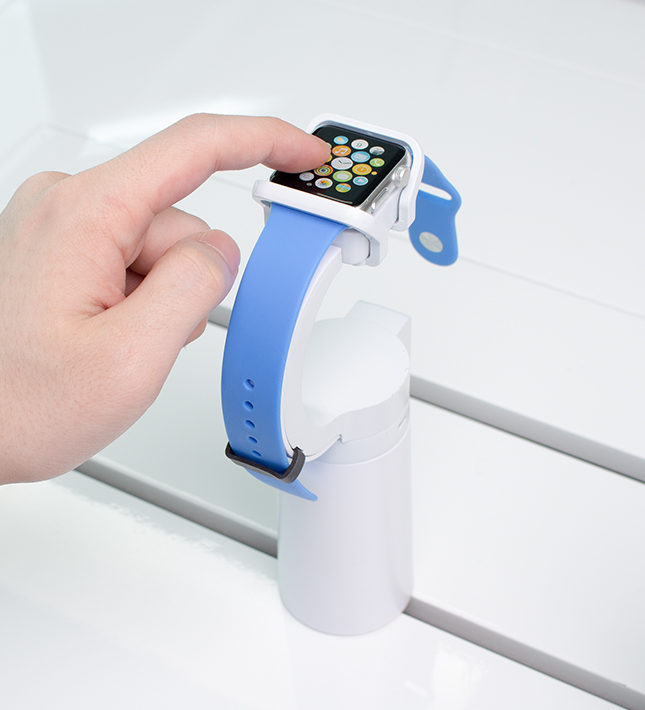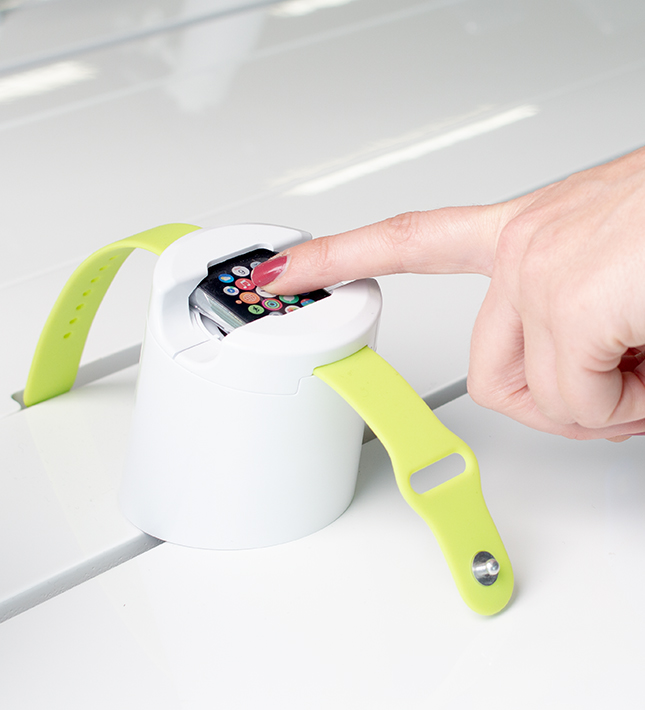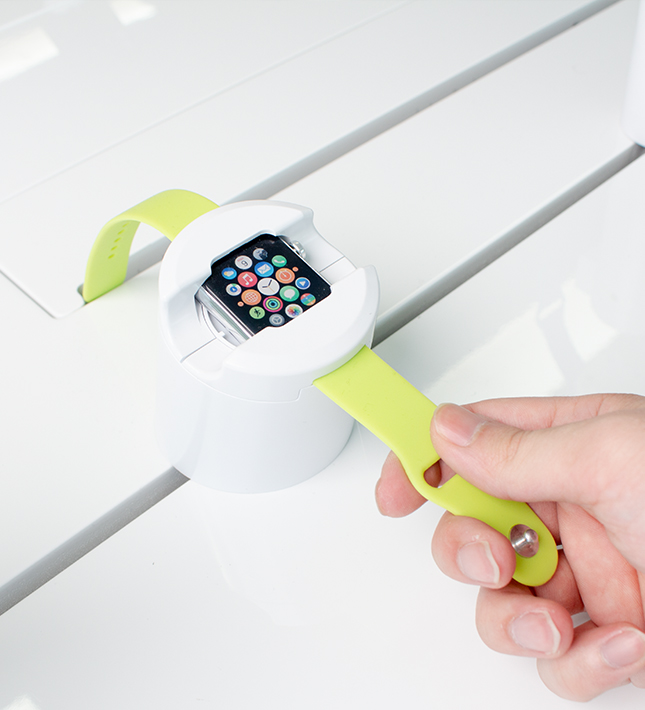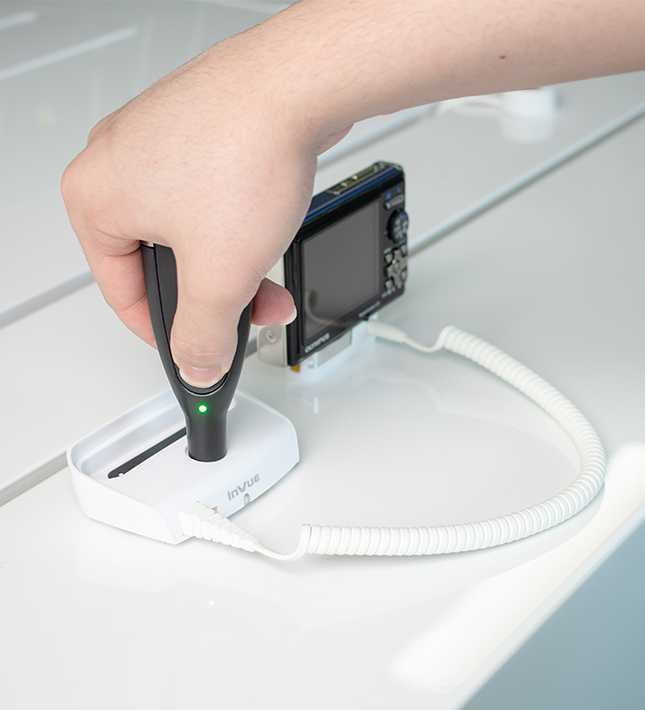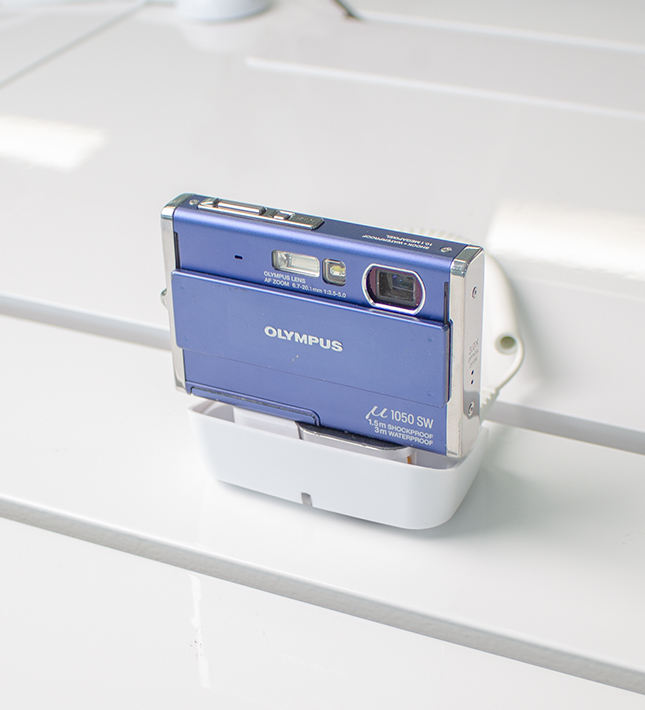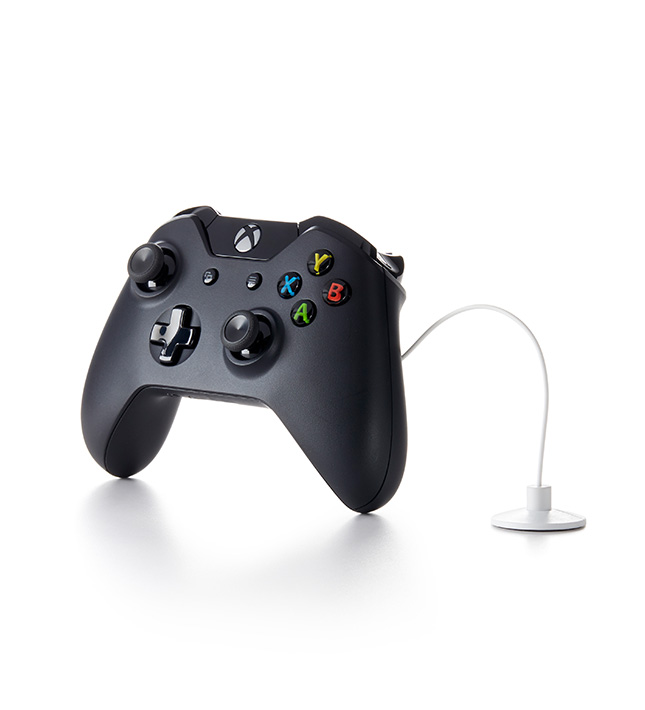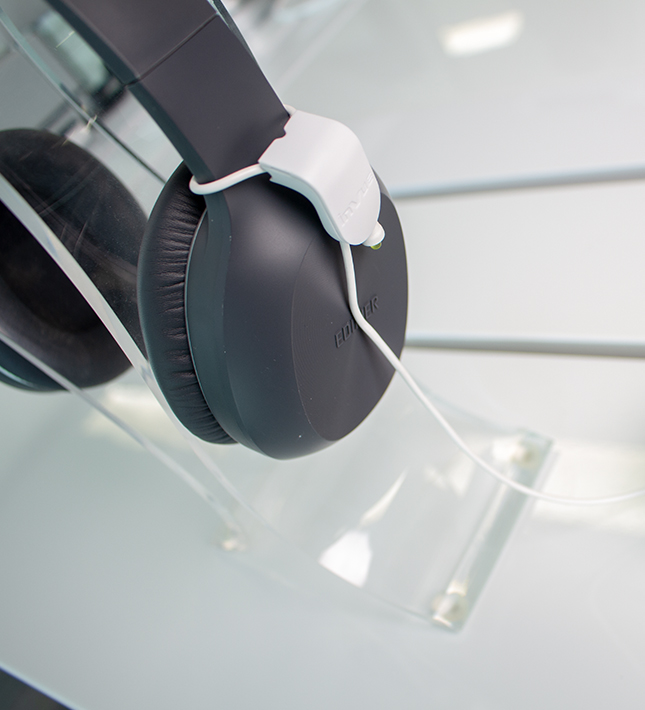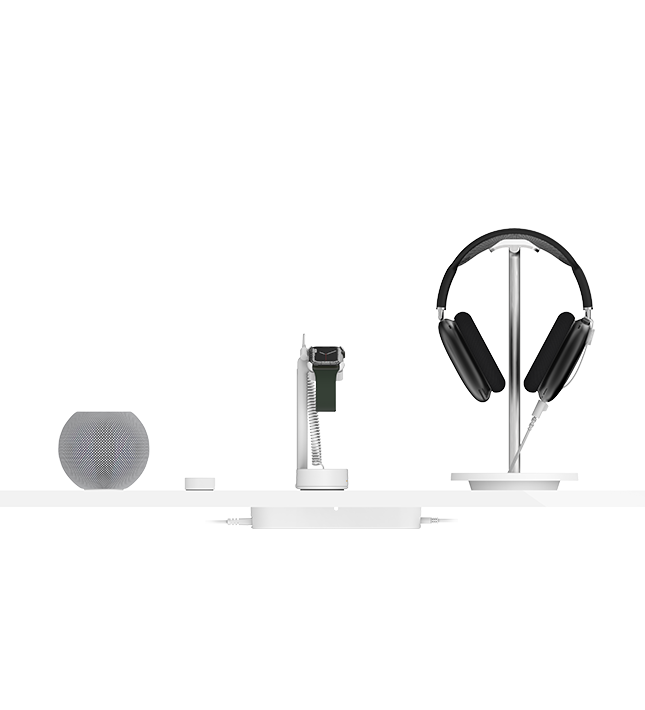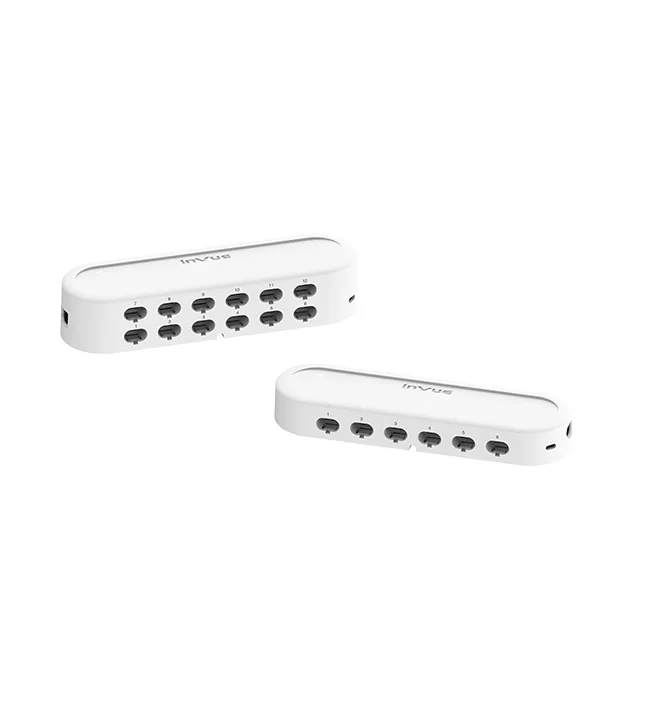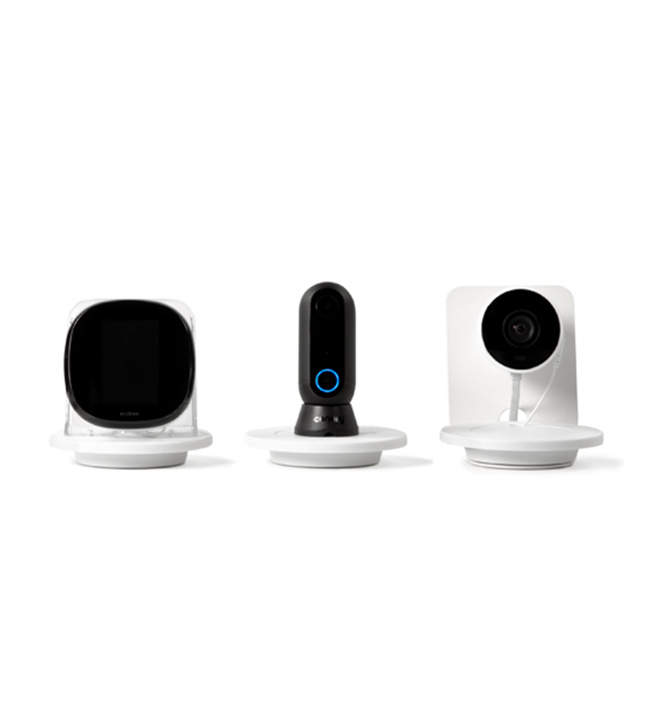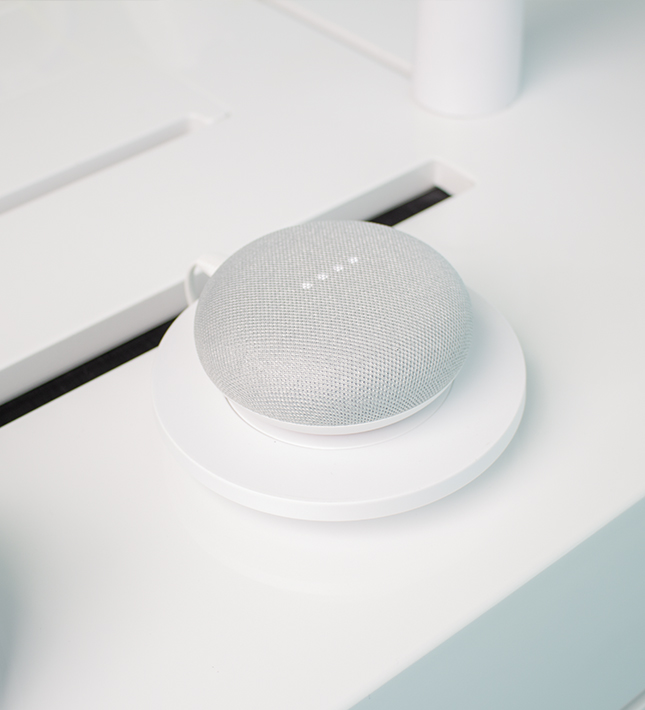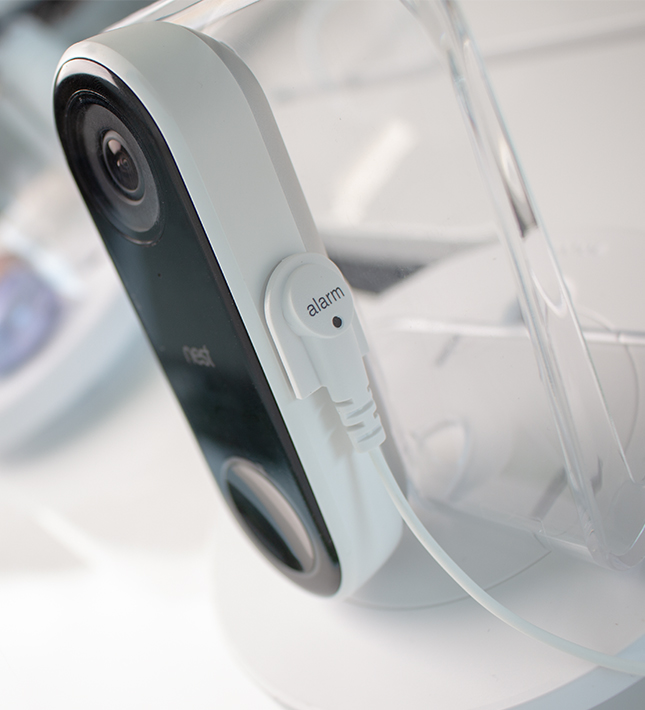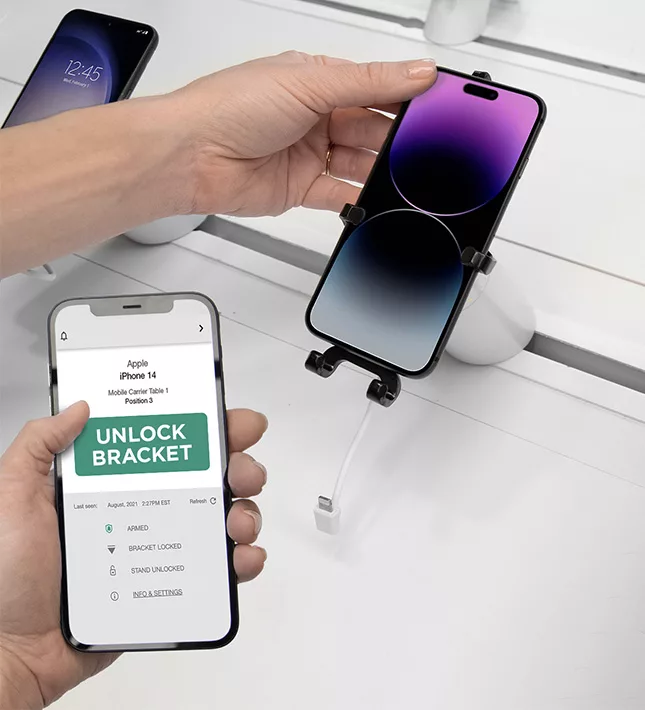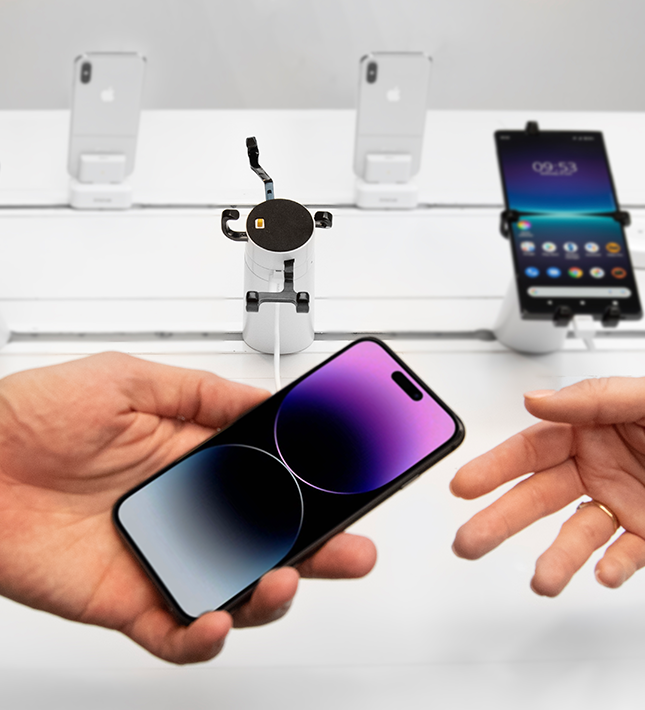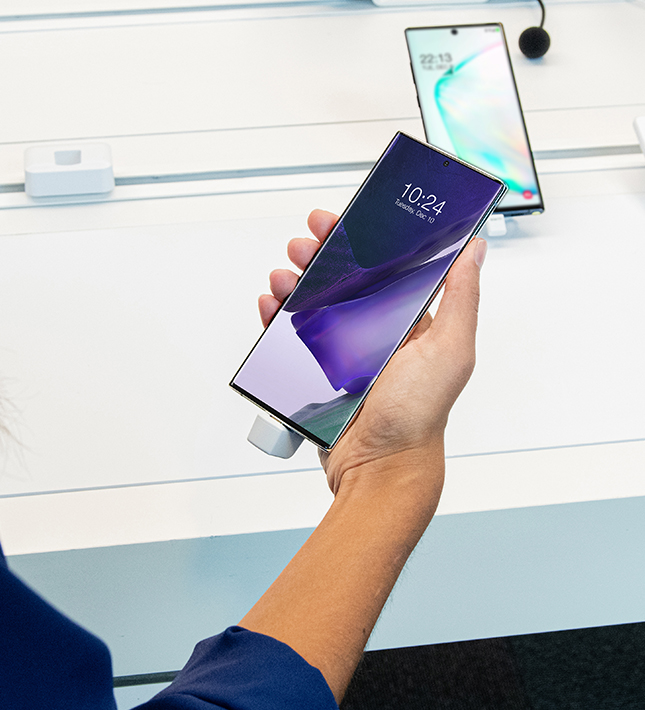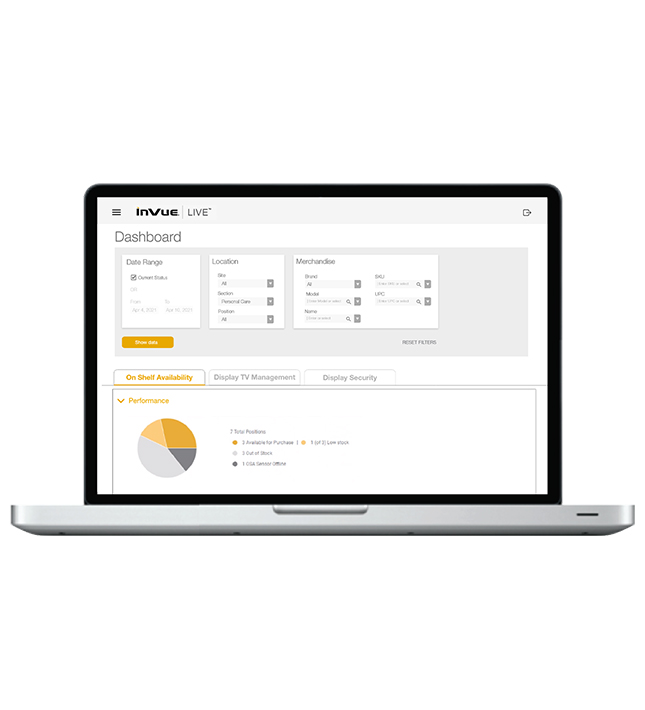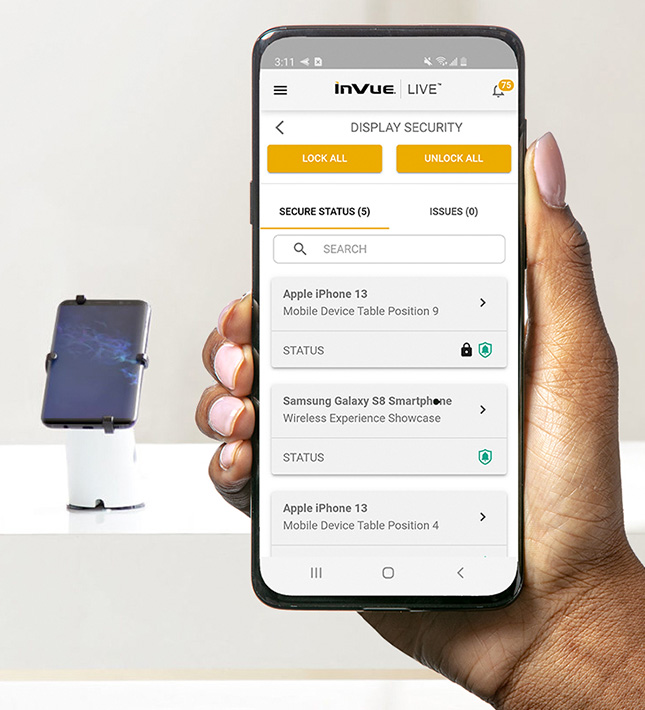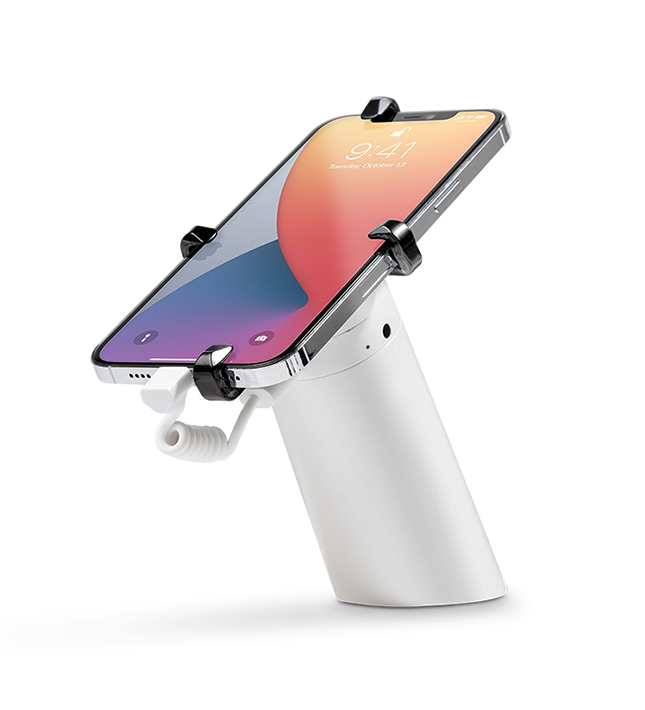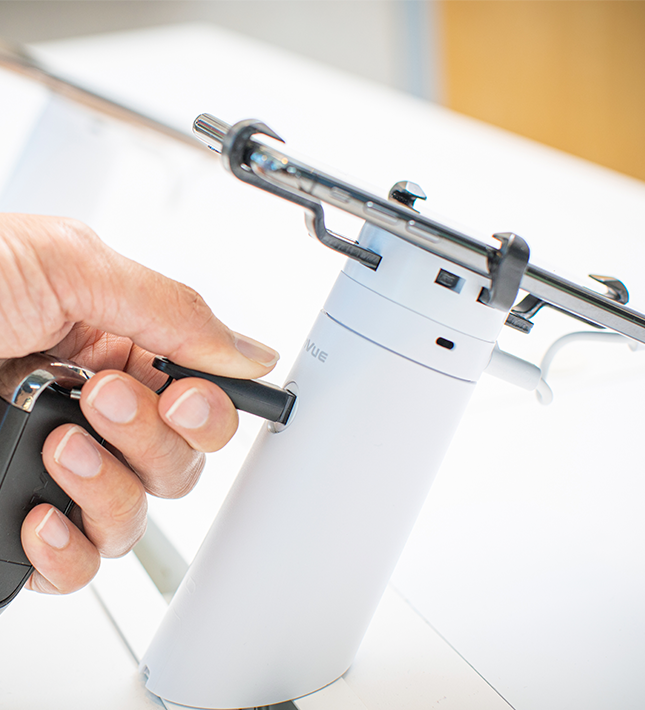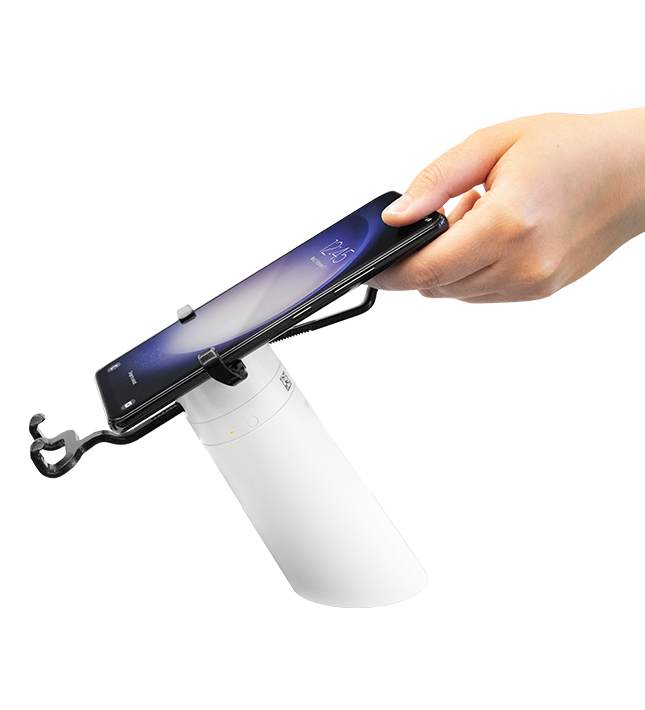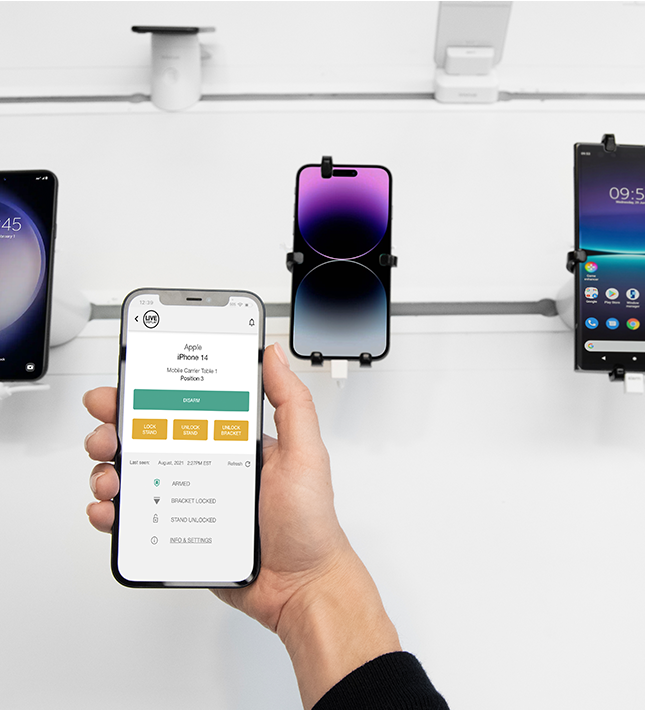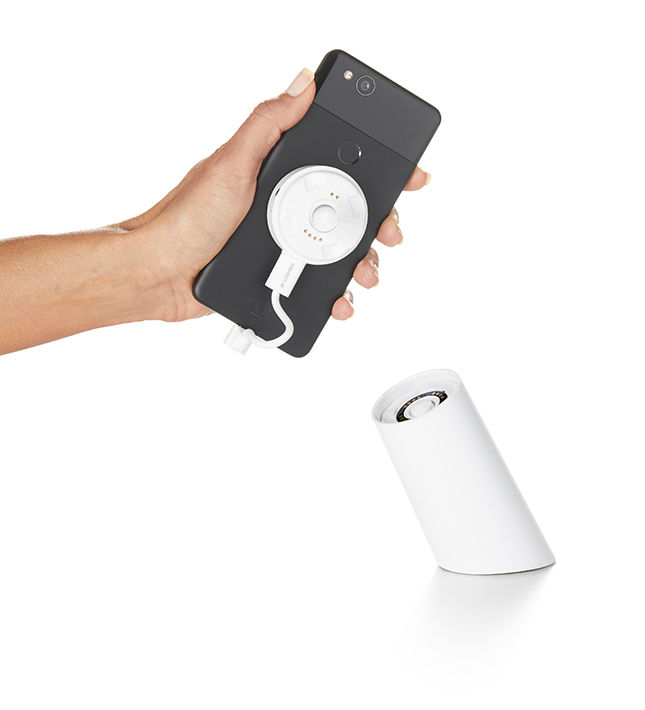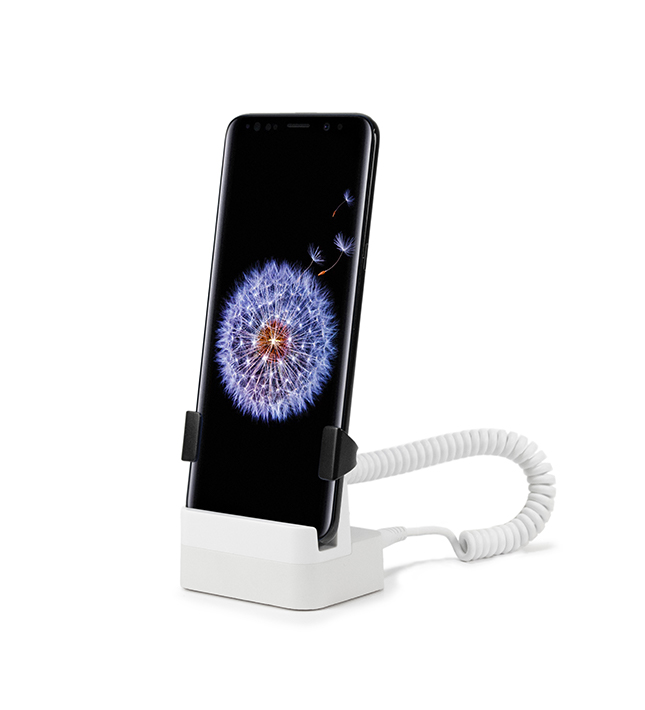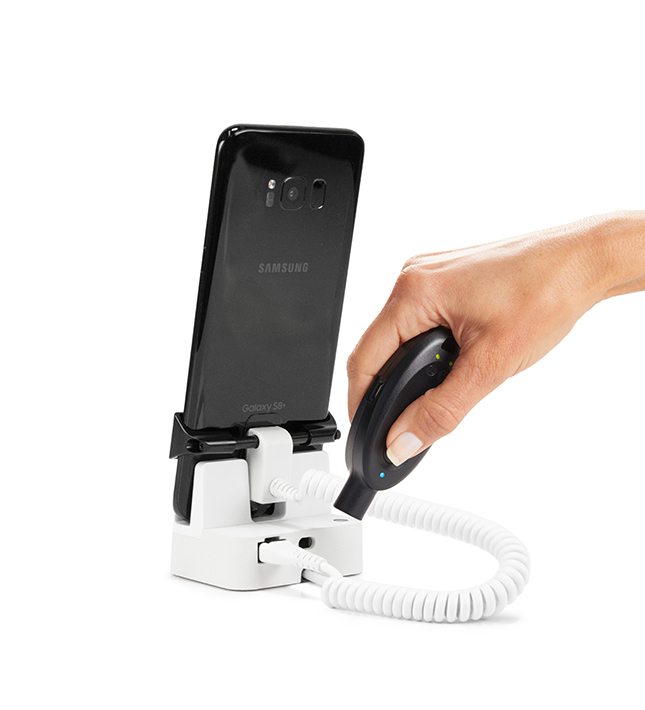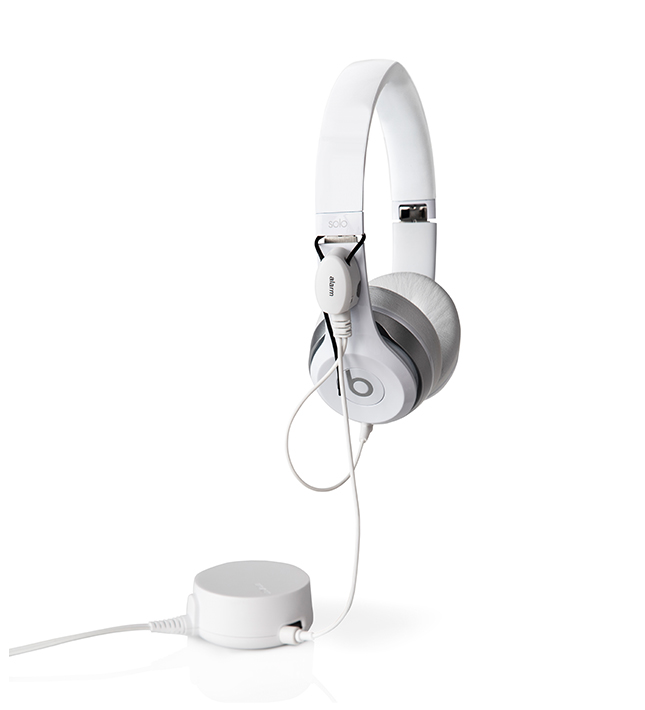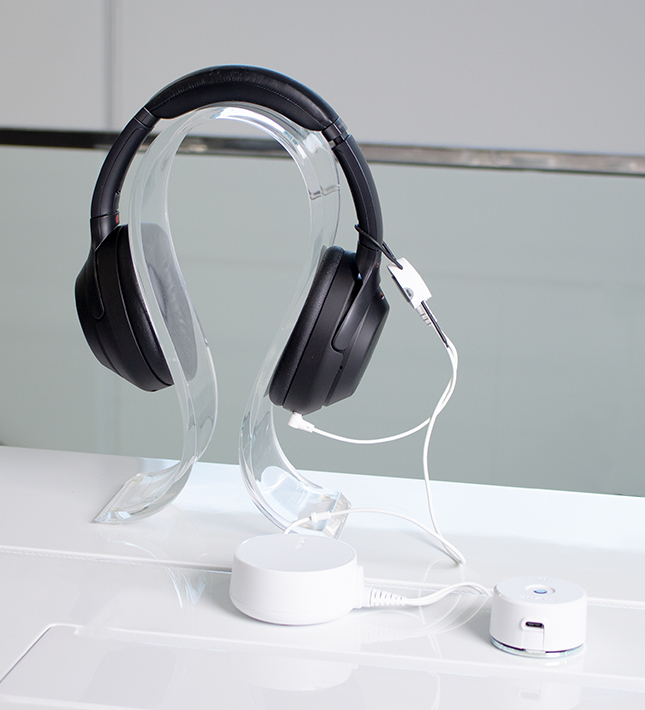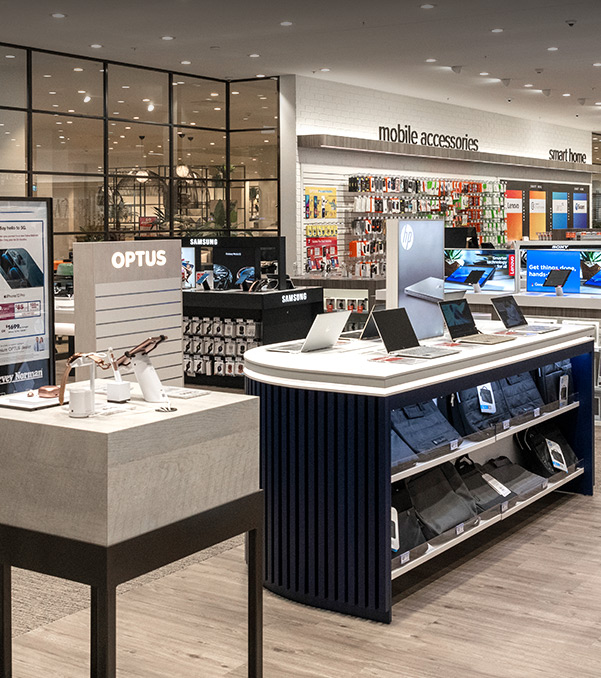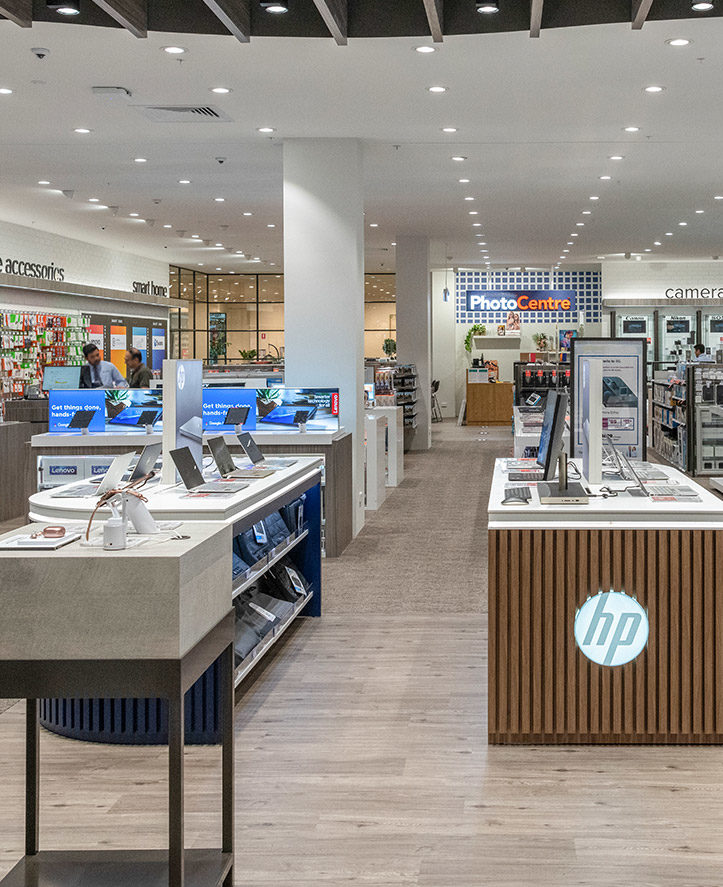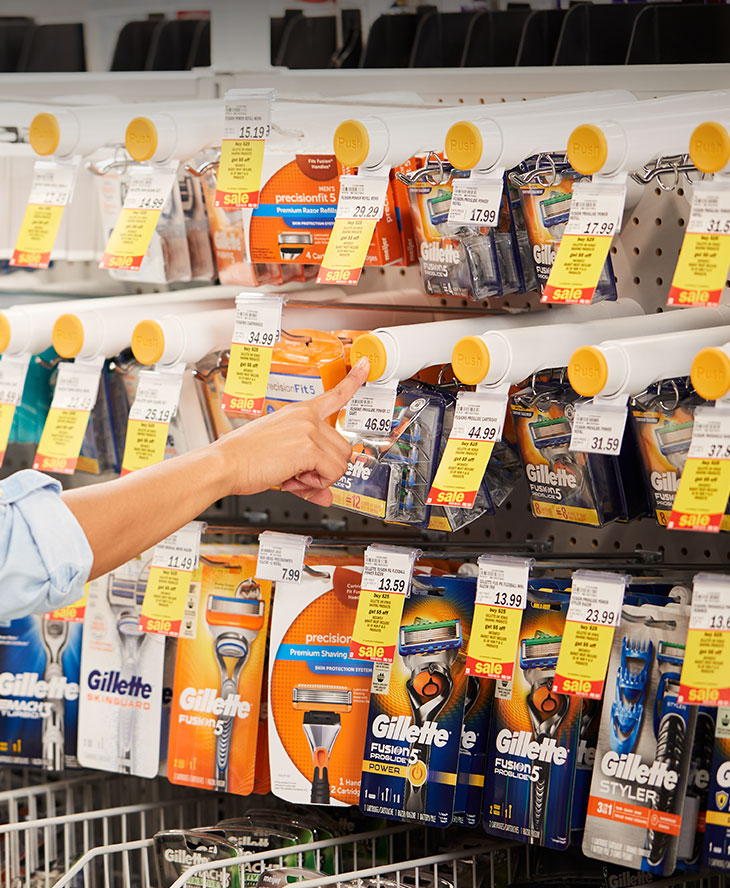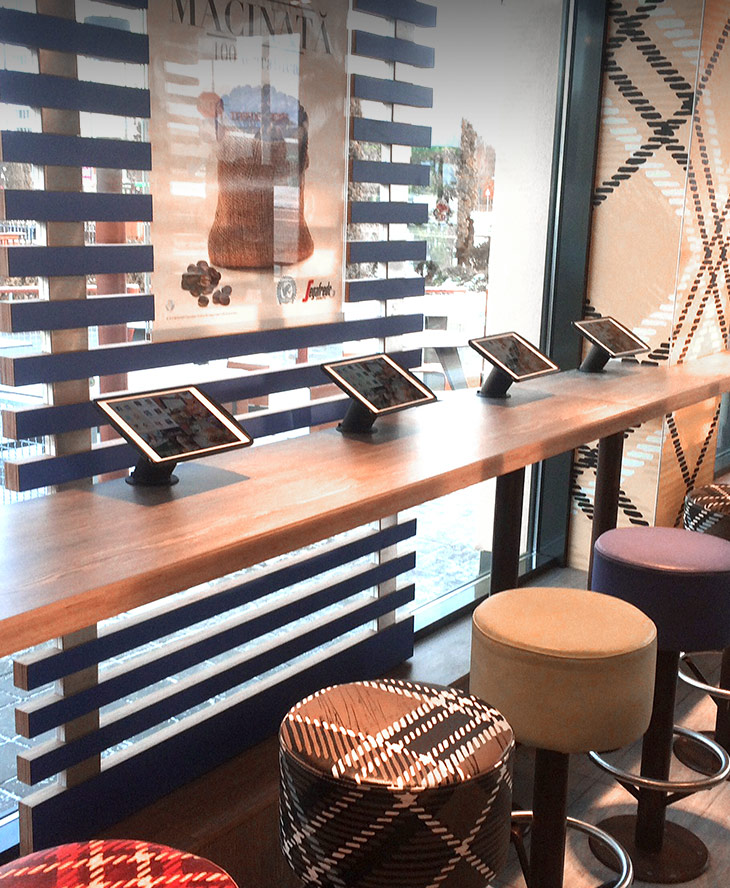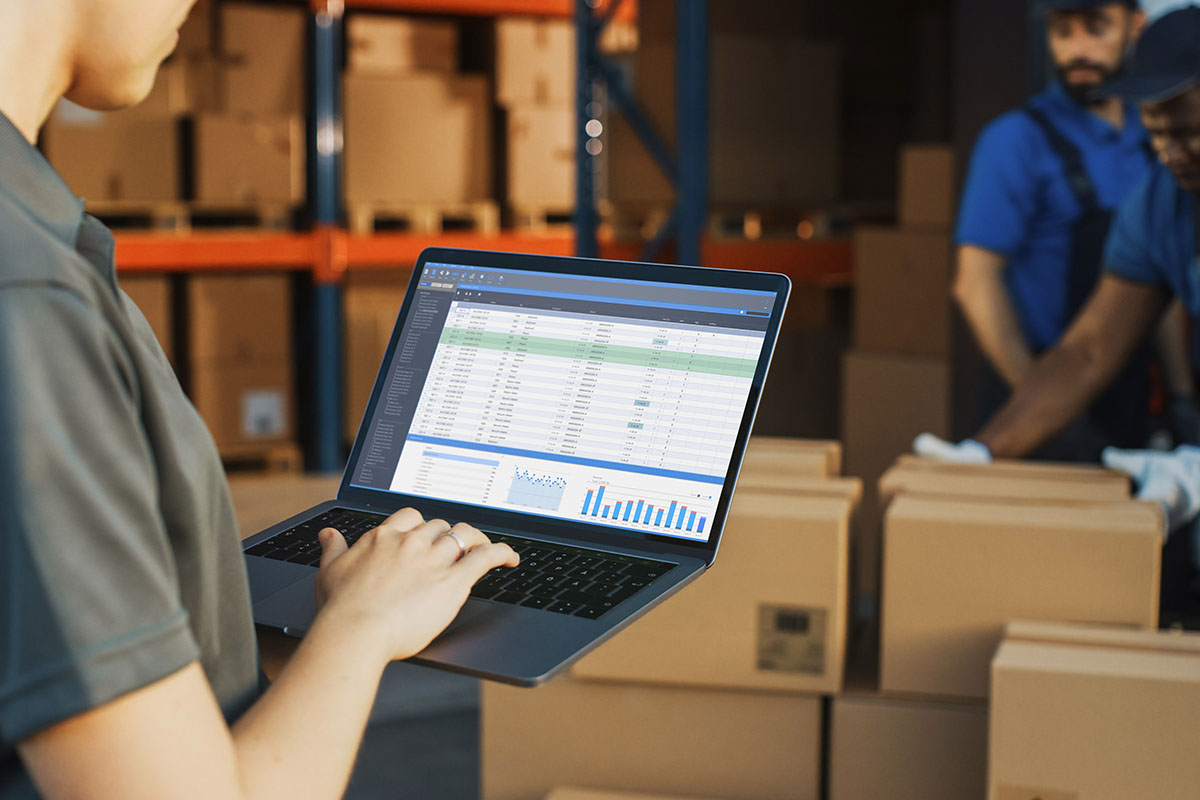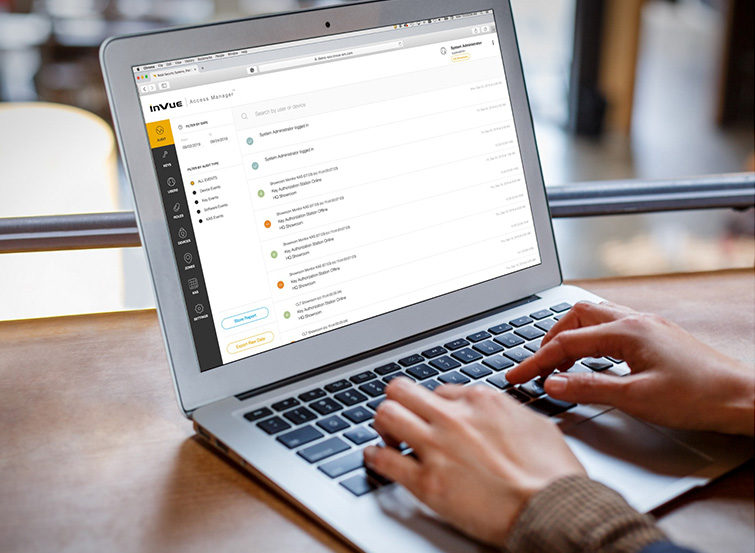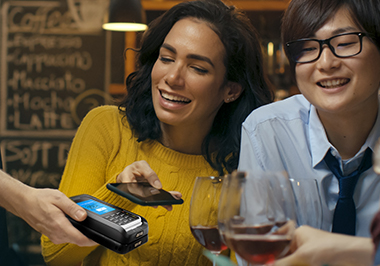Smart logistics in context
The new smart era sees technology talk to each other as part of the Internet of Things. It utilises sensors, data, predictive analytics, cloud computing and artificial intelligence that all communicate with each other to automate repetitive tasks and improve efficiency.
Within retail, smart technology has a range of applications, from shelf sensors that alert staff when stock is running low, to RFID tags and labels that help track the whereabouts of products in the supply chain right through to the shop floor.
It has applications in marketing, where push notifications alert a customer on their smart phone that a product is on-sale while they are instore, and even applies to improving the customer experience through new tools like smart mirrors.

As Smart City Press explains, the rise of smart retail is important, particularly to bricks and mortar retailers.
“Smart retail includes a wide range of technological solutions that bring in the possibility of the conventional brick and mortar store to digitally transform into an interactive point of sale,” they note.
“In short, the offline retailers will have the opportunity to deploy connected devices and remote-control capacities which were reserved for the online retailers until now.”
And one of the most revolutionary ways that smart technology and IoT is playing out in retail is in the form of smart logistics.
The need for better logistics
Where once retailers had to enough stock on hand to accommodate the instore consumer, that landscape has now changed.
With omni-channel selling and an expectation that consumers can take receipt of their products in different ways and less time, retailers are increasingly turning their attention to logistics to ensure they can keep up with customer demand.
And when we talk about logistics it includes everything from inventory management, to warehousing, merchandise transport, order fulfilment and dispatch.
What is smart logistics?
Smart logistics provides retailers the opportunity to better service their consumer in this era of increased expectation.

It also enables them to improve the efficiency of their operation by having the right stock on hand when they need it, without requiring vast amounts of storage.
It uses IoT and smart elements such as real-time data to know exactly what’s available and where it is located, predictive analytics and AI to determine purchasing trends, sensors to alert staff when items are running low so they can replenish stock on the shelf, tagging to track the whereabouts of products in transit and instore, and automatic re-ordering to ensure the right level of stock is maintained in the warehouse or store.
Smart logistics might then also extend to automated picking and packing for products that need to be redistributed to a specific store, or orders that might go directly to customers.
In the process, smart logistics improve the customer experience by reducing out of stocks and minimising delivery wait times, while also increasing operational efficiency overall.
The final word
Having the right stock on hand and available at the right location is key to retail success. It helps meet the modern customer expectation, increases a store’s sales, and fosters brand loyalty.

In a brave new world where customers seek to purchase instore, online and have their orders fulfilled in different ways such as buy online, pickup instore and delivery, smart logistics enable greater retail efficiency and improved operations.
You can read more about the evolution of smart retail here, or peruse our range of products that embrace the ecosystem of smart retail and logistics.







